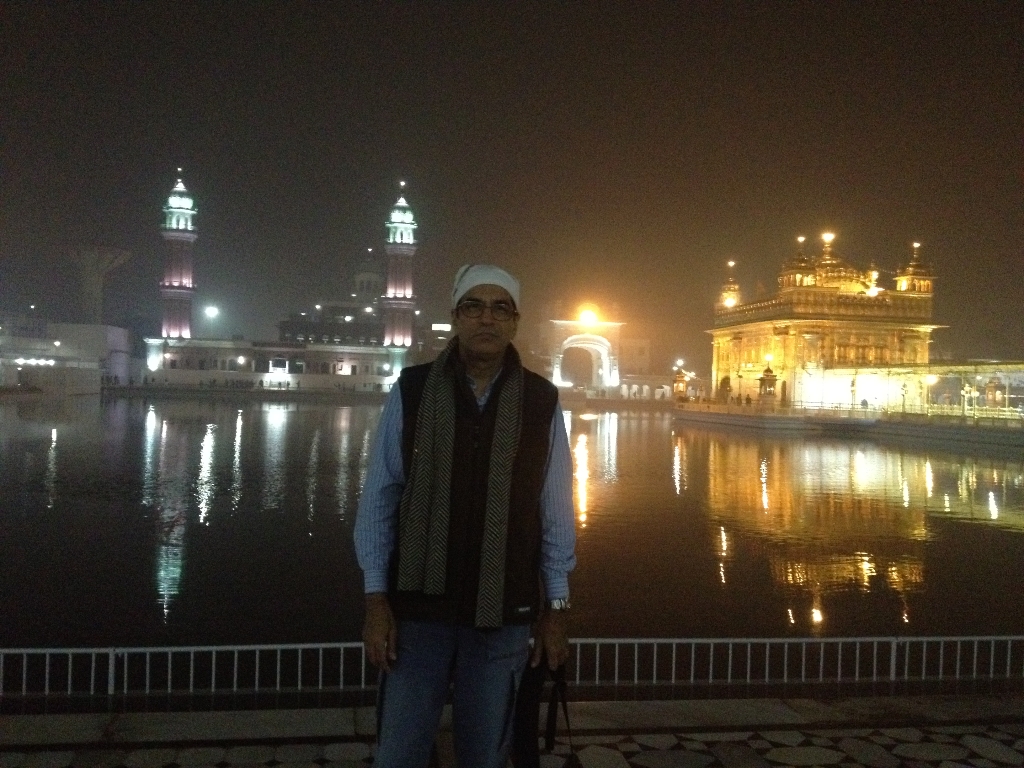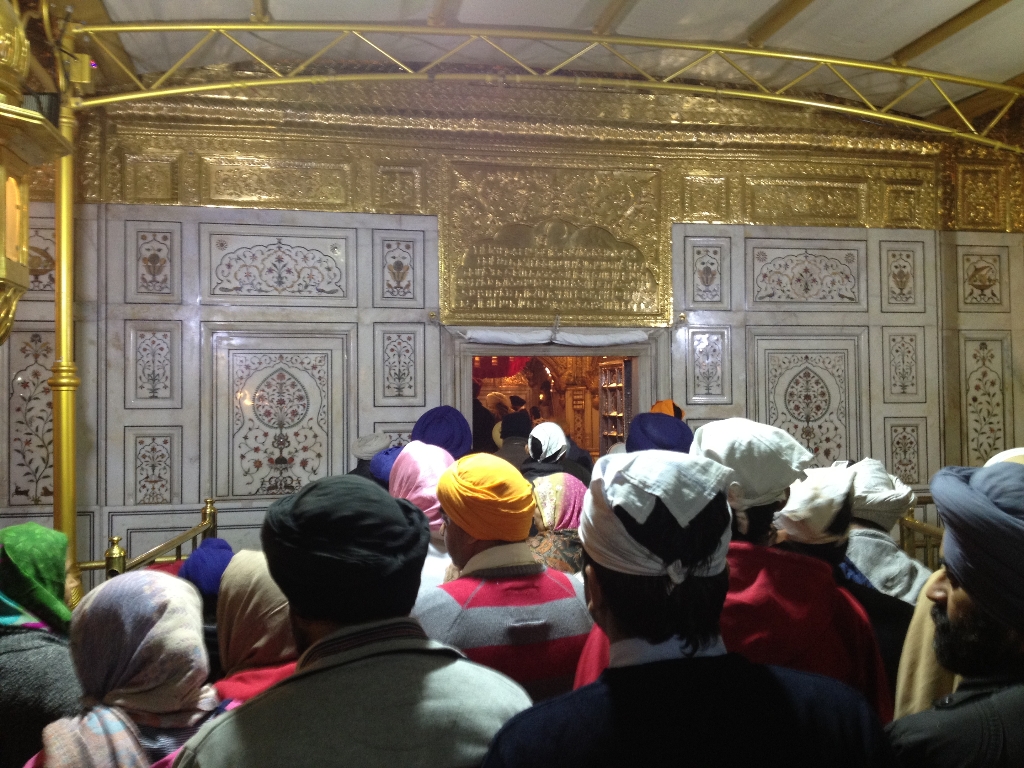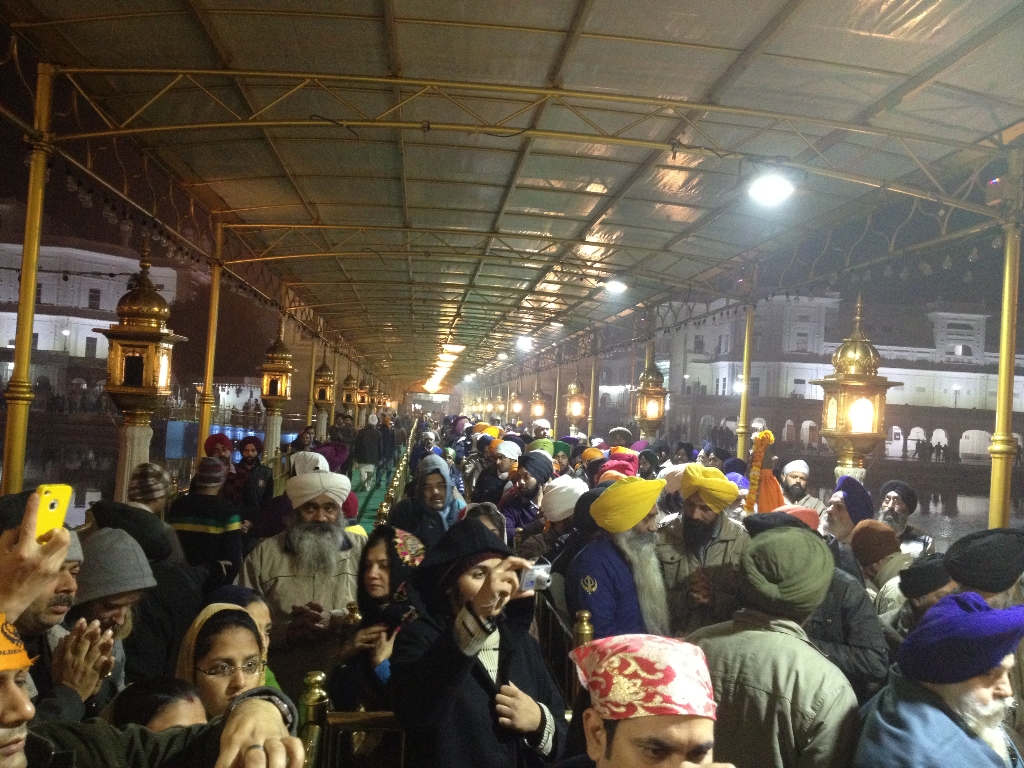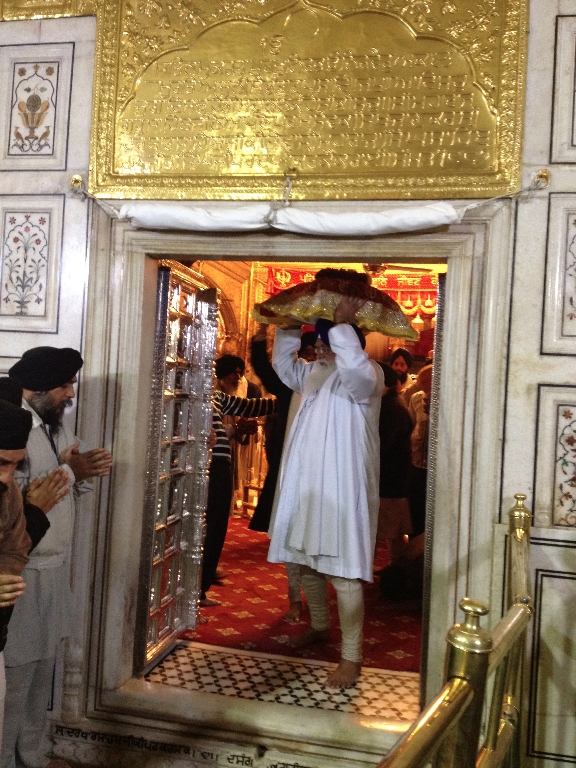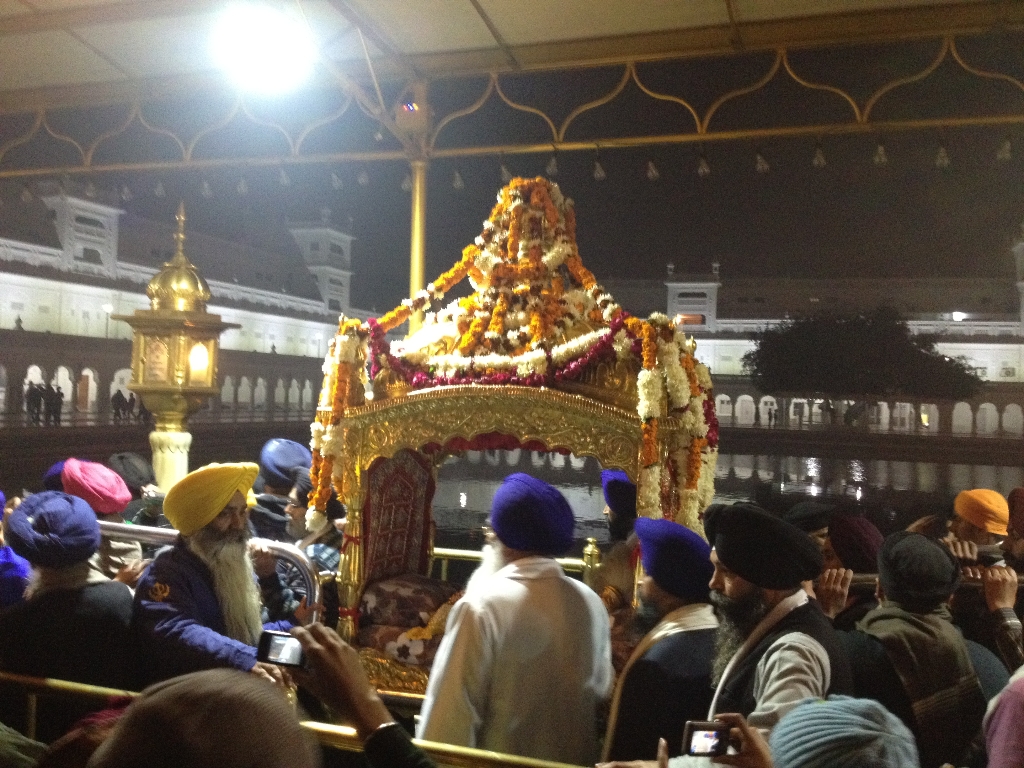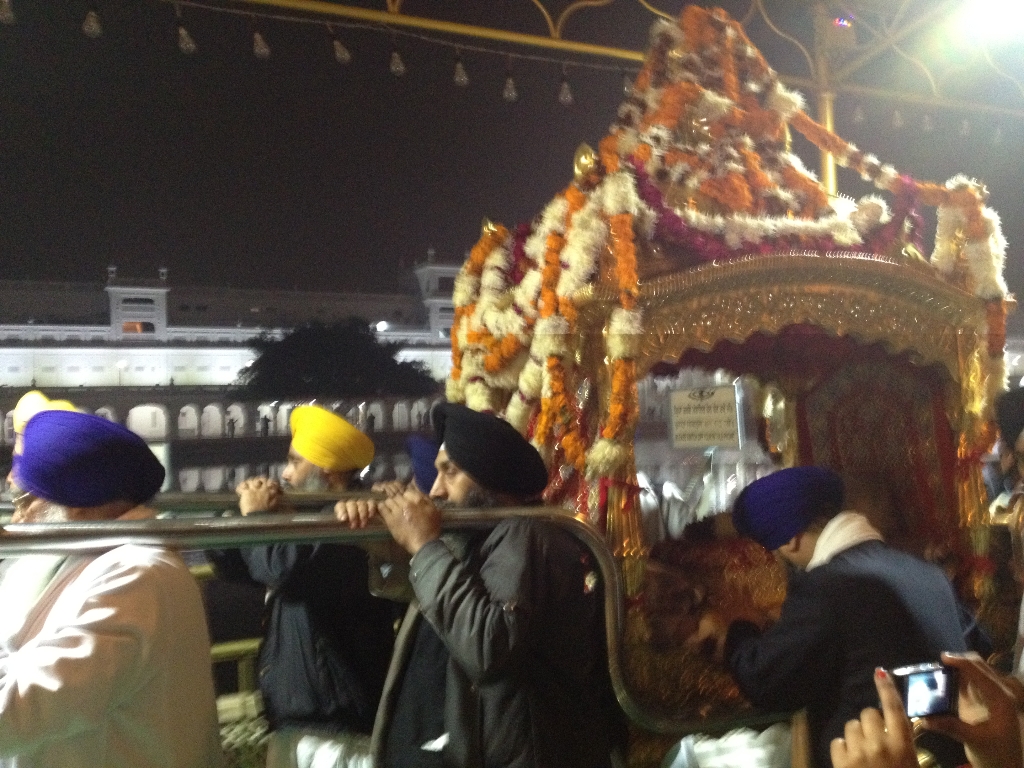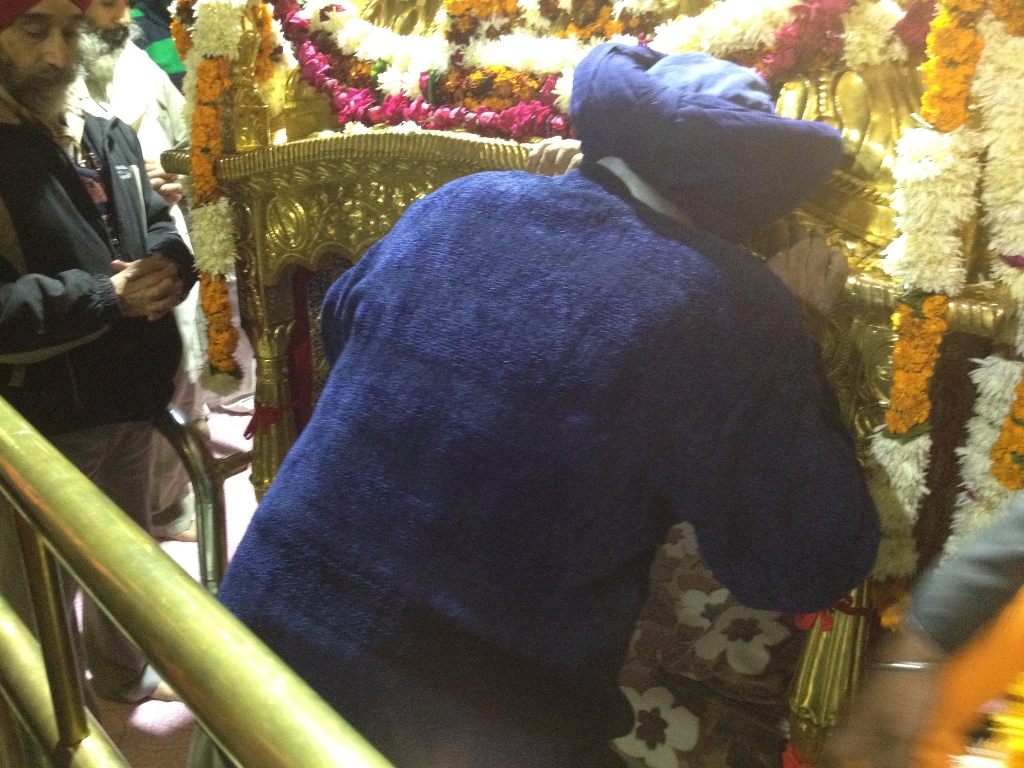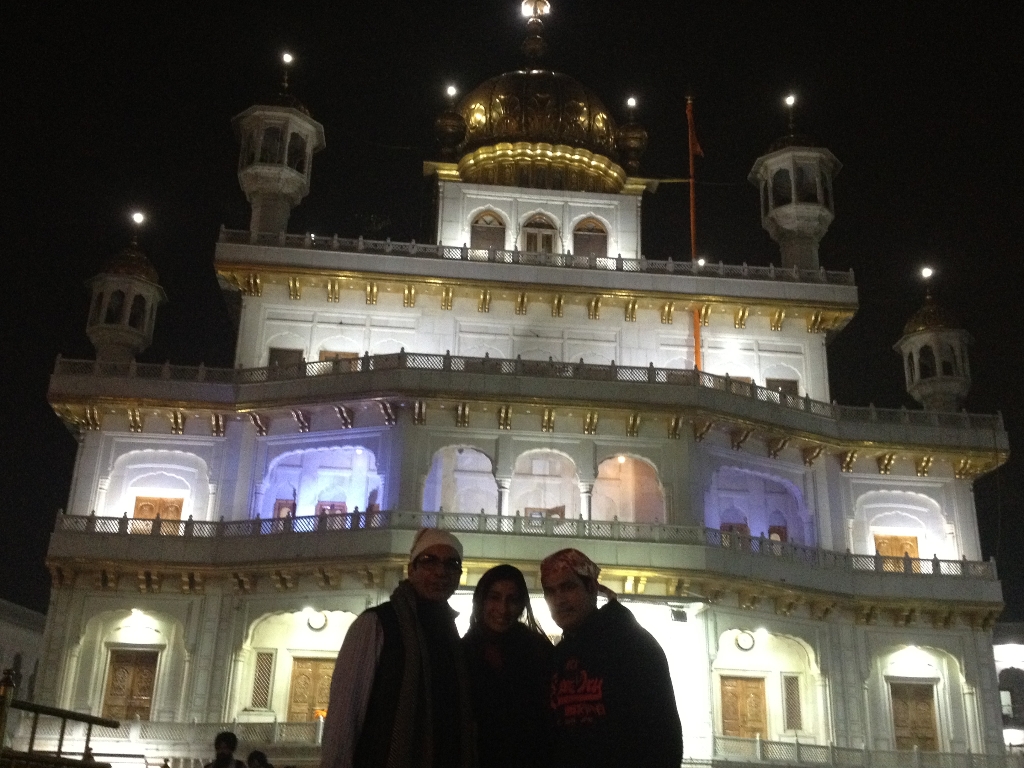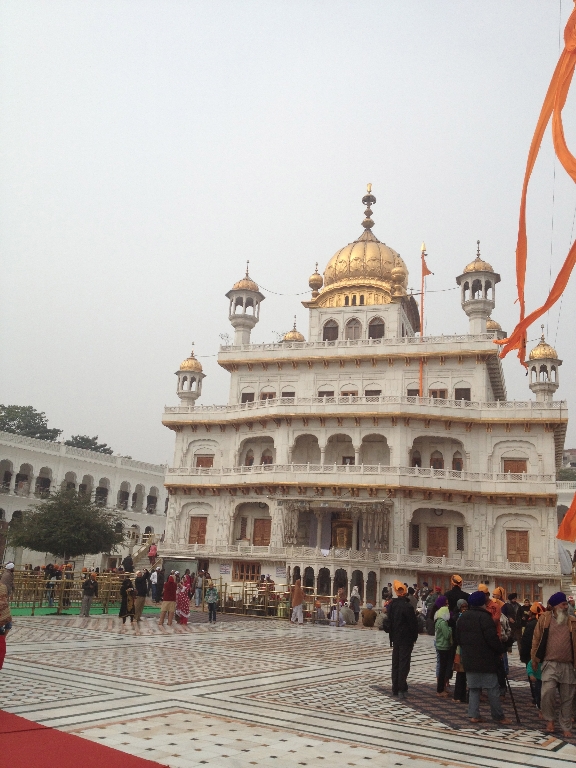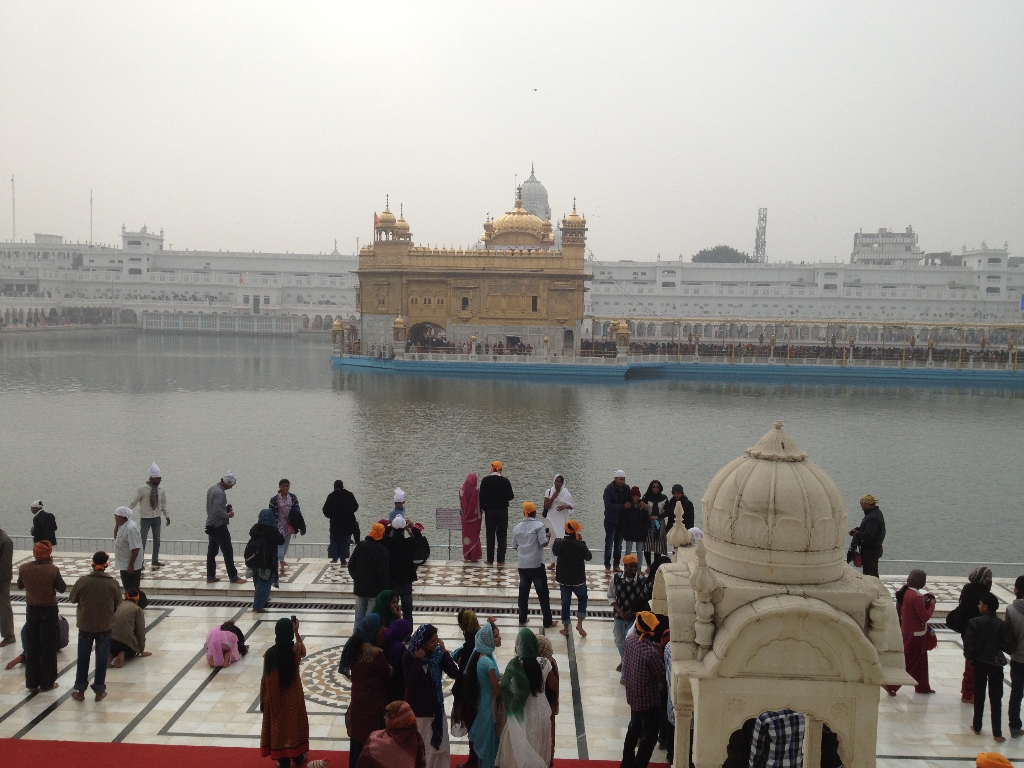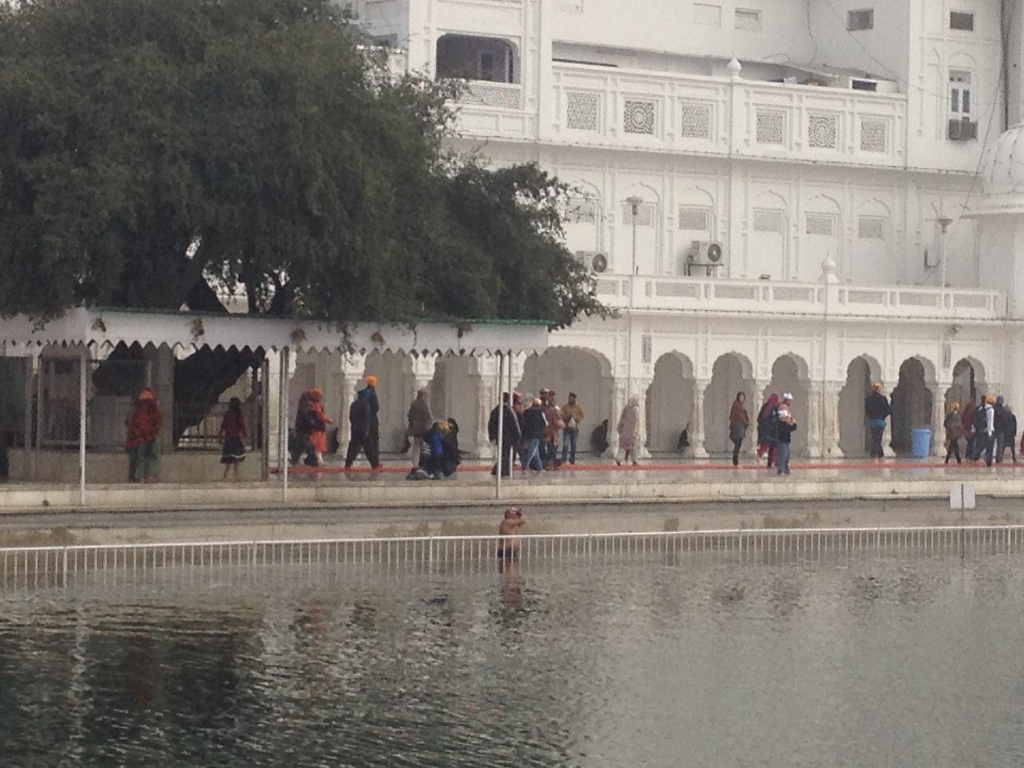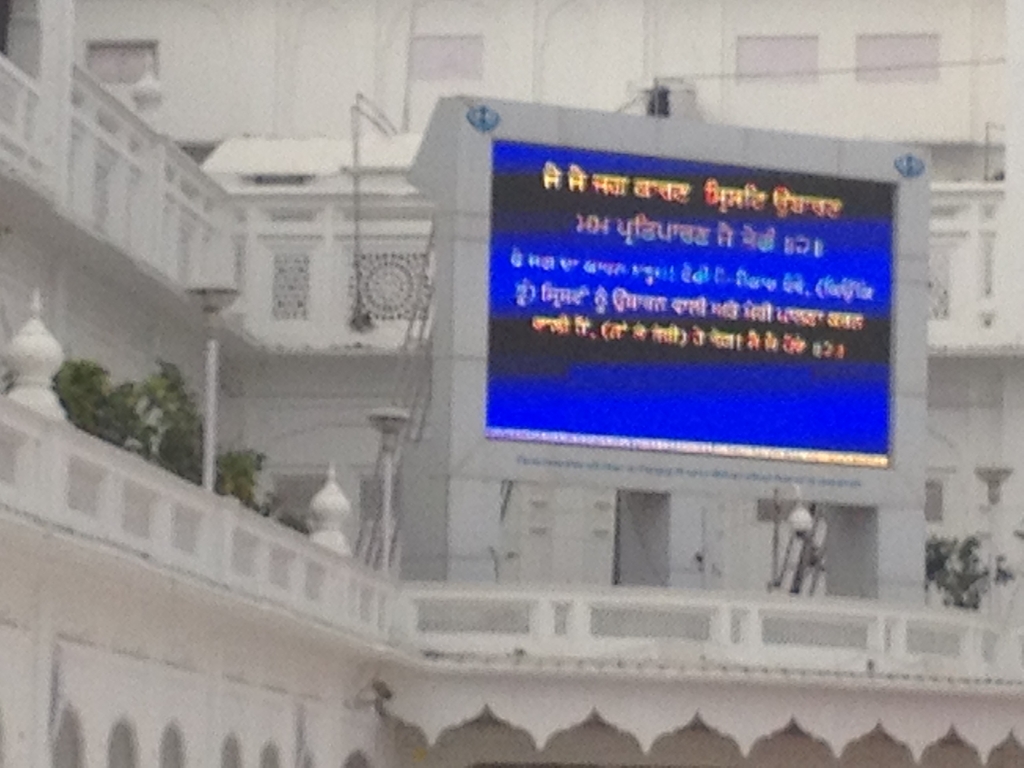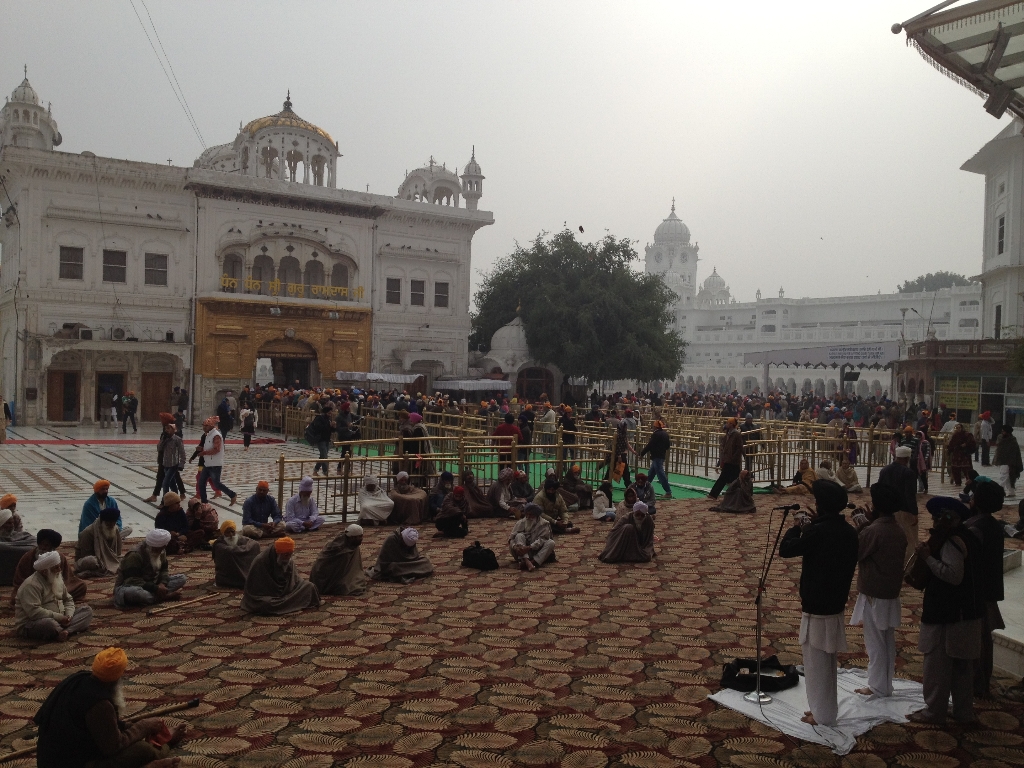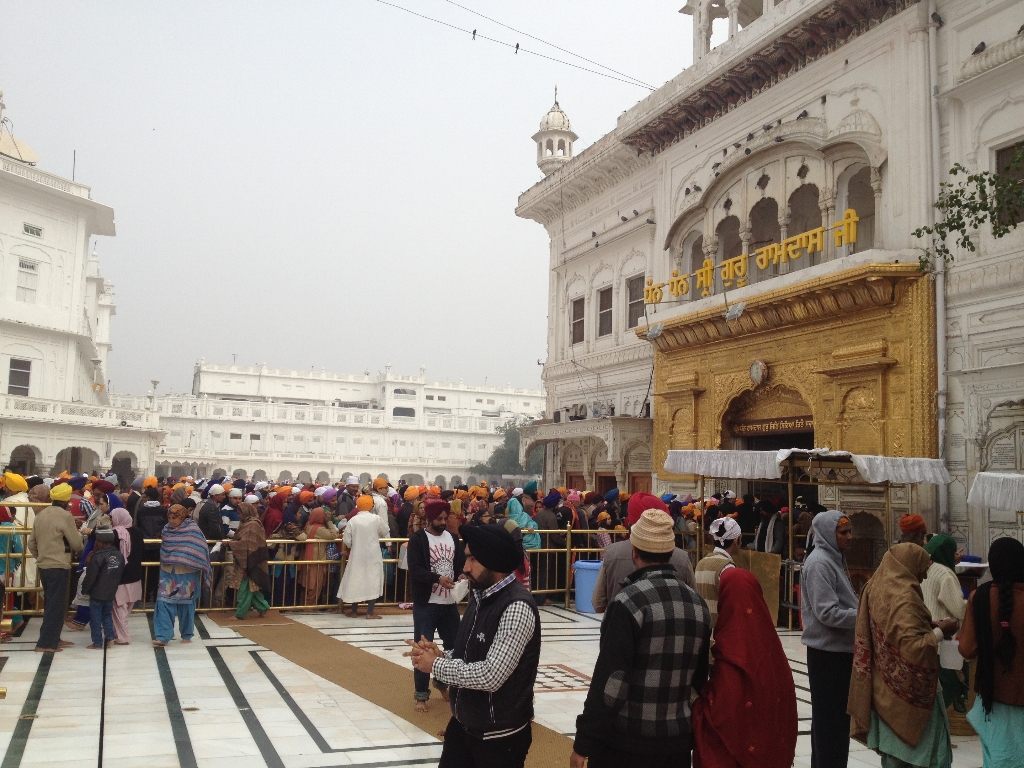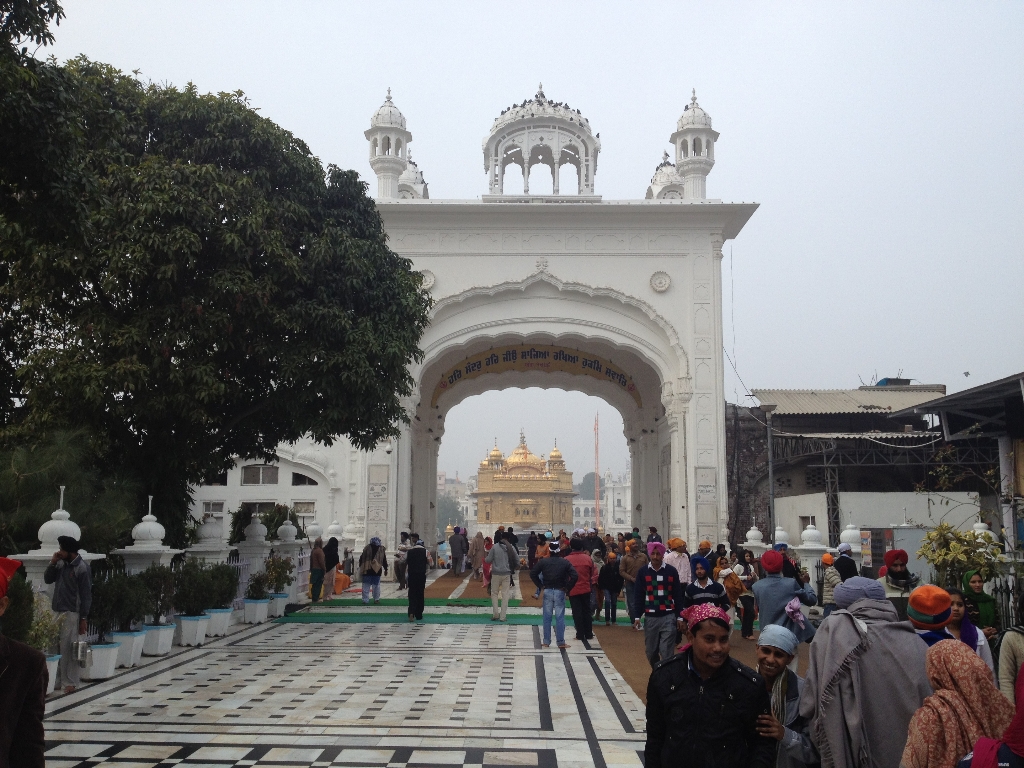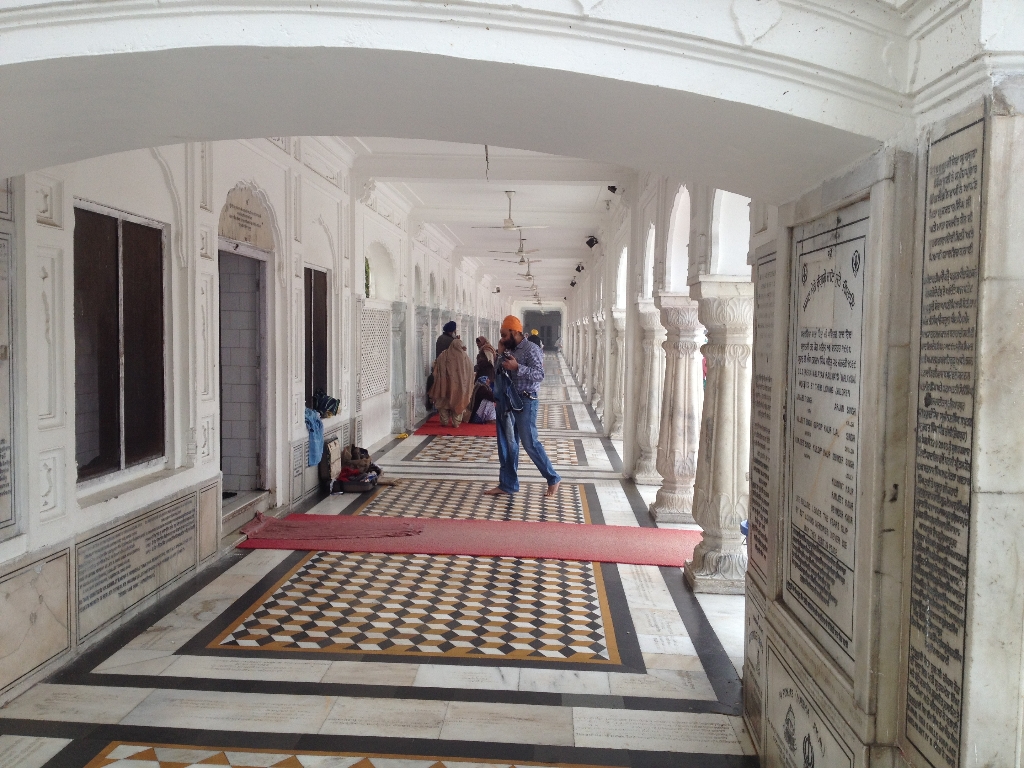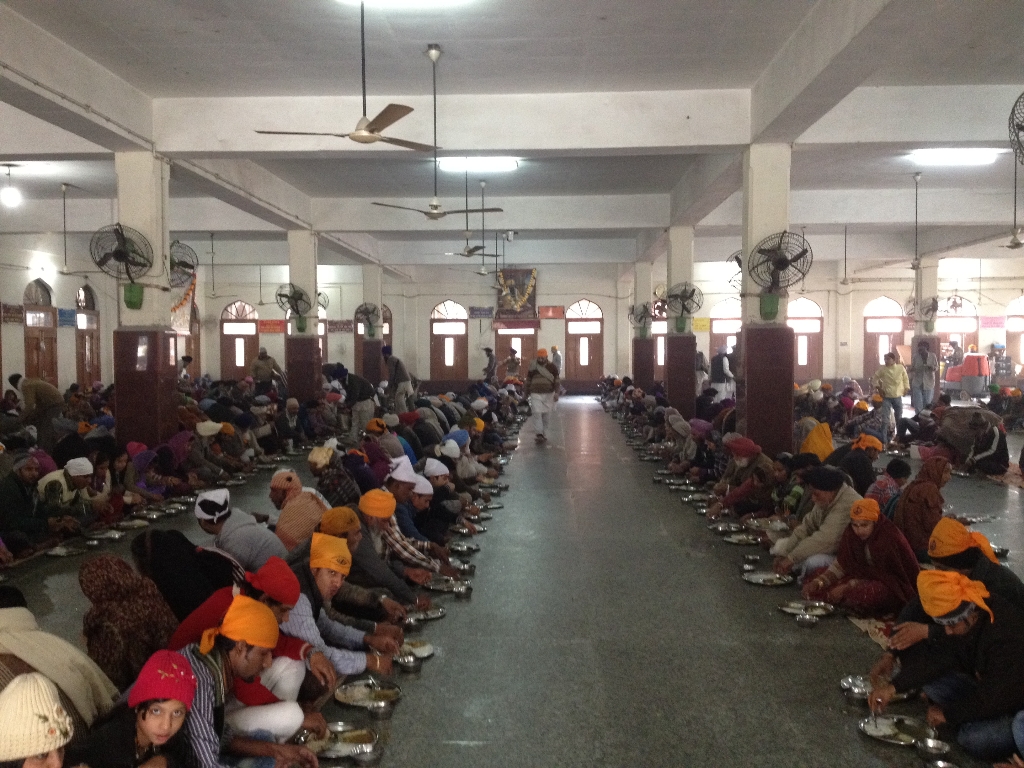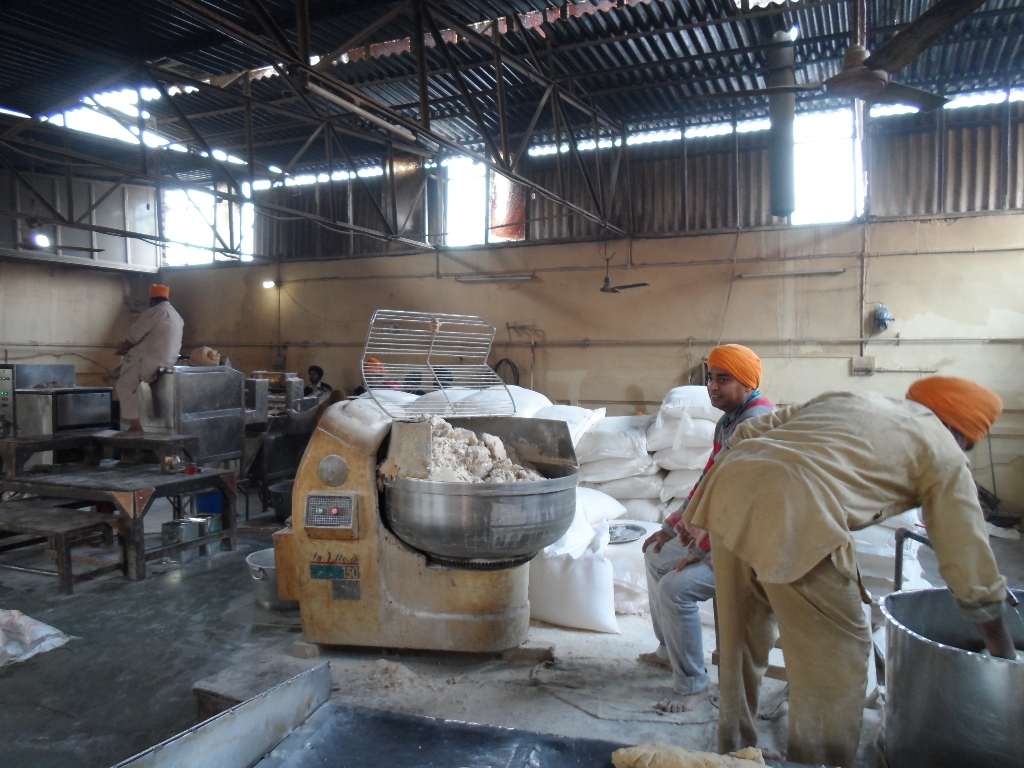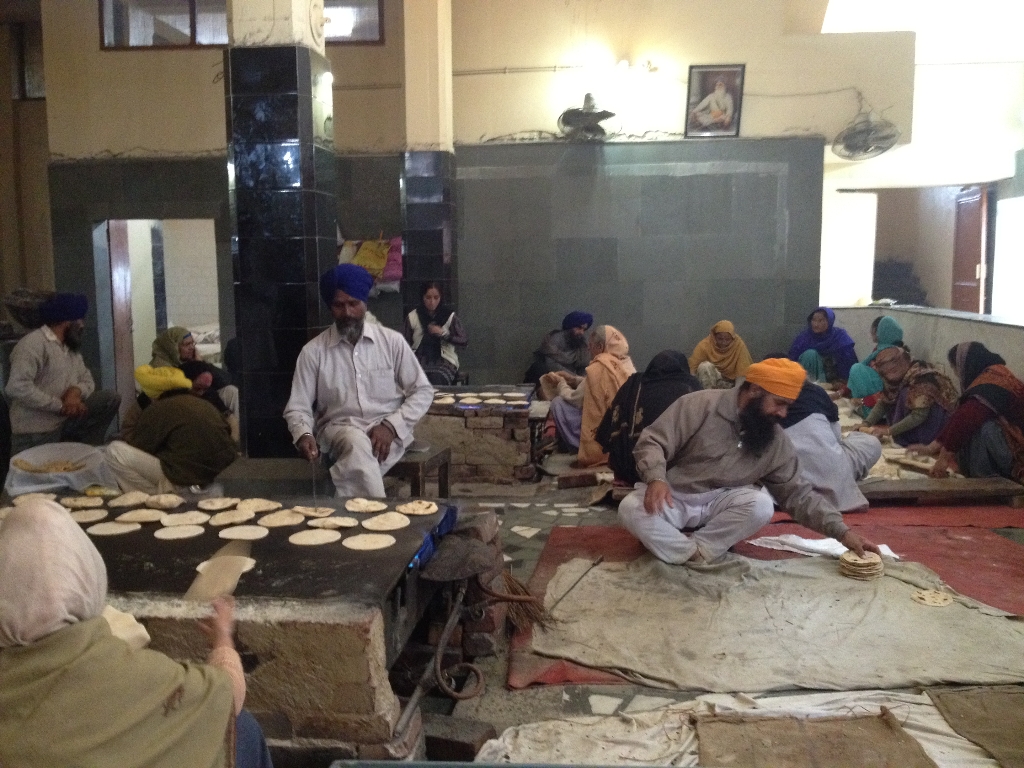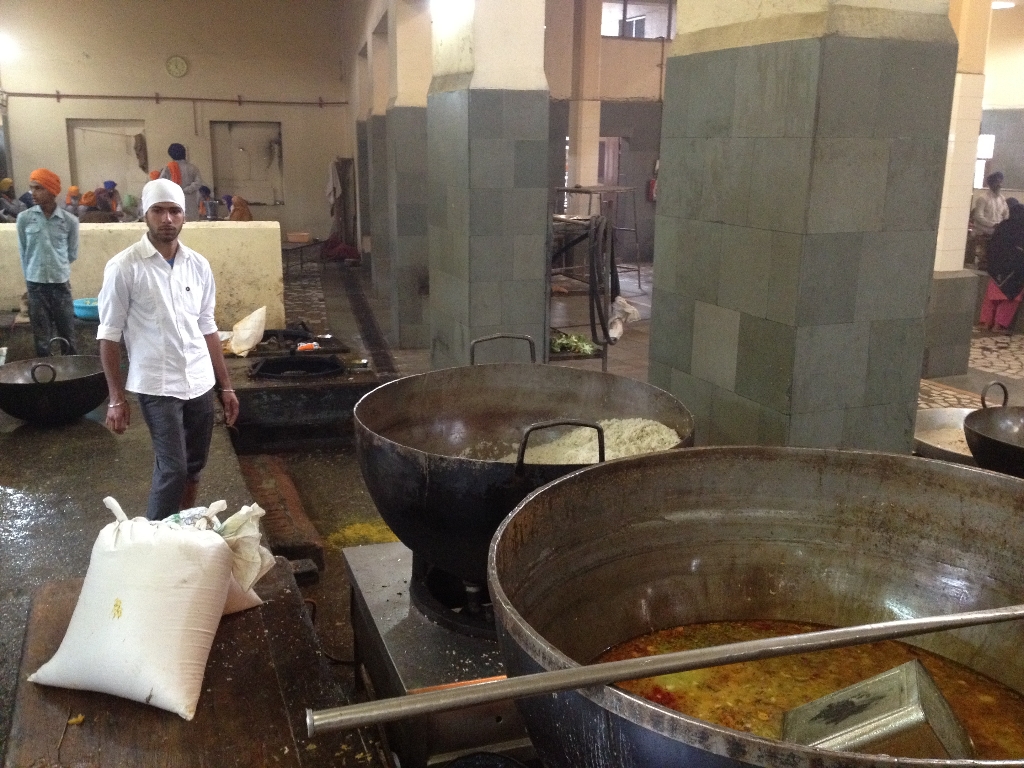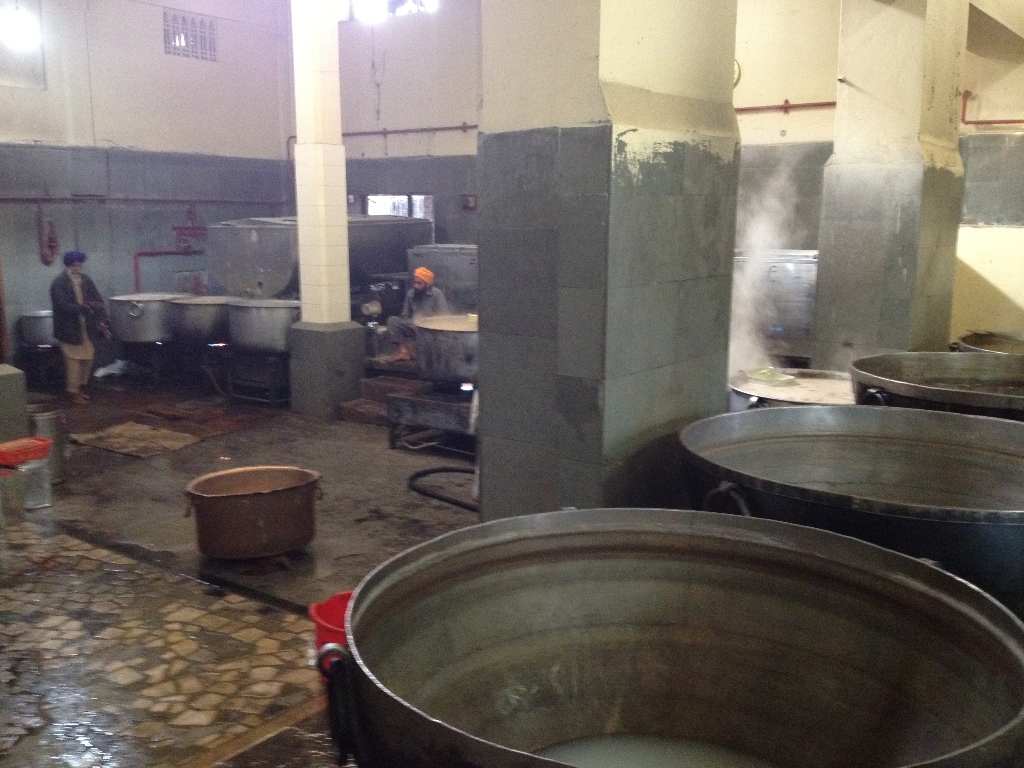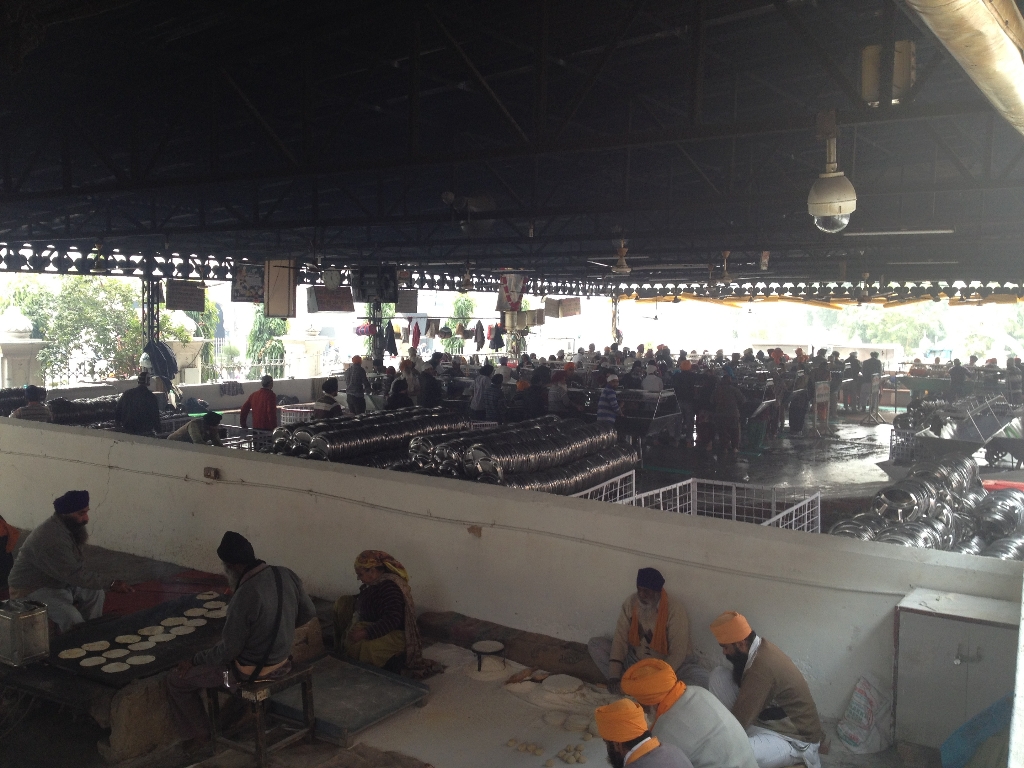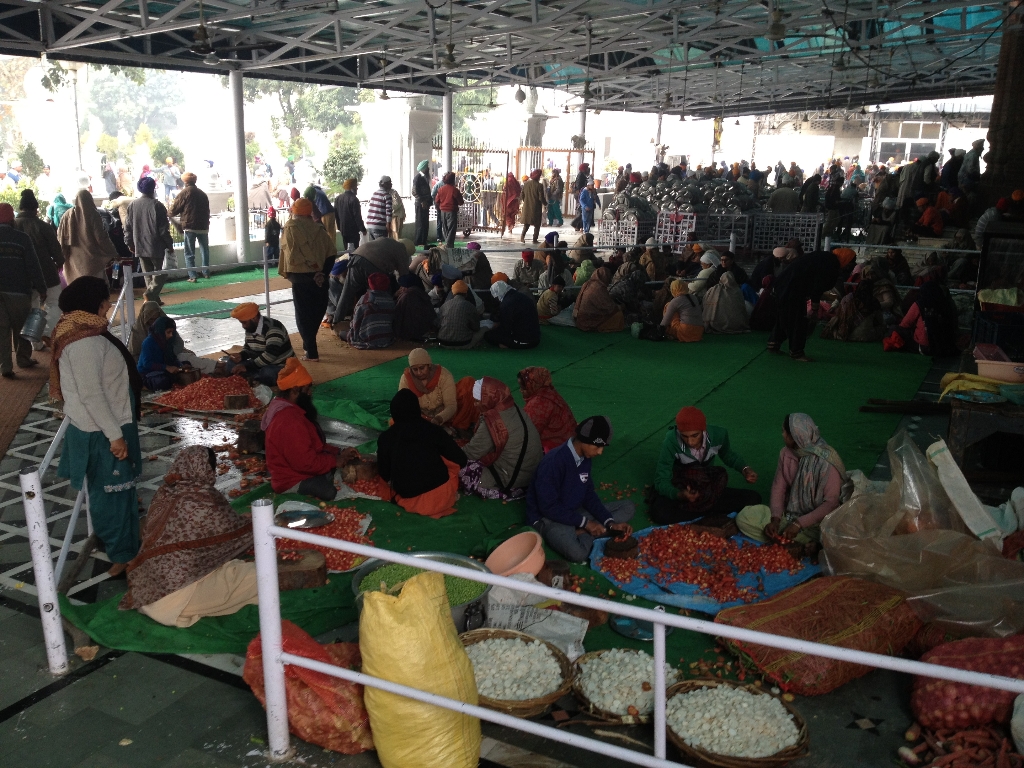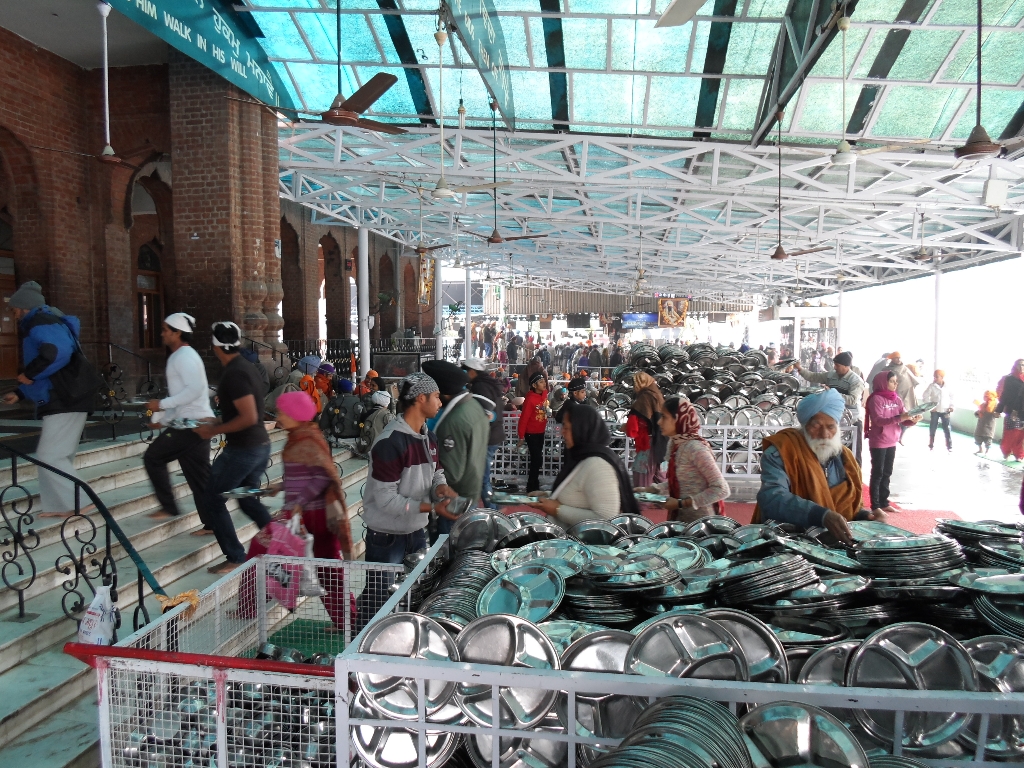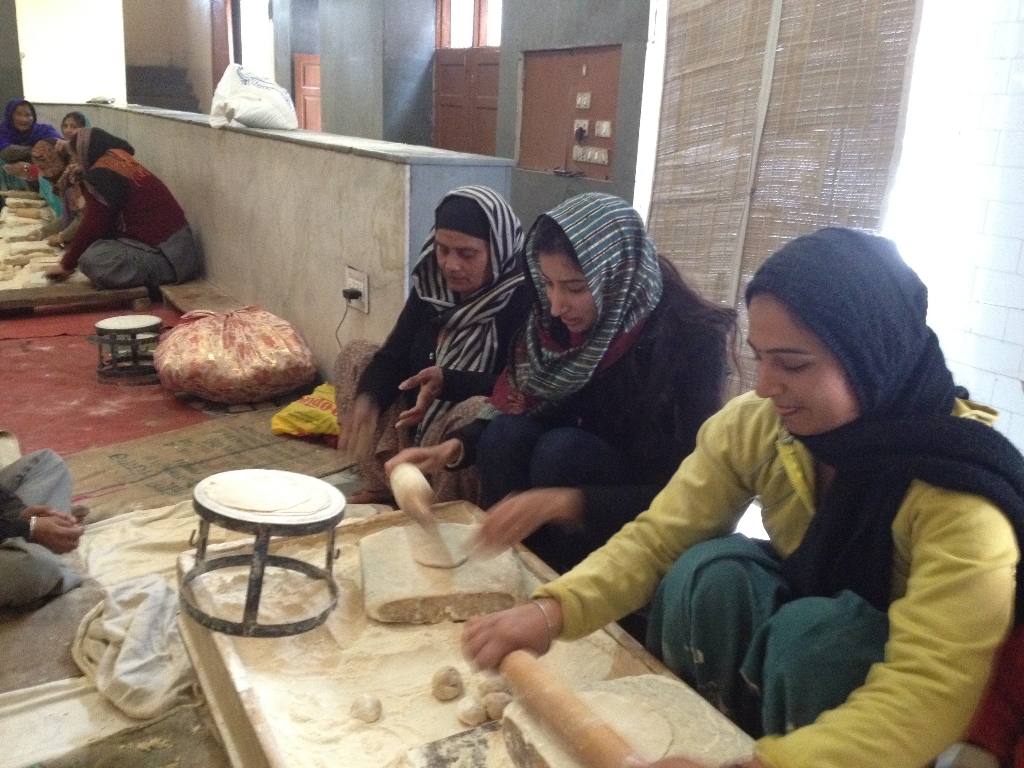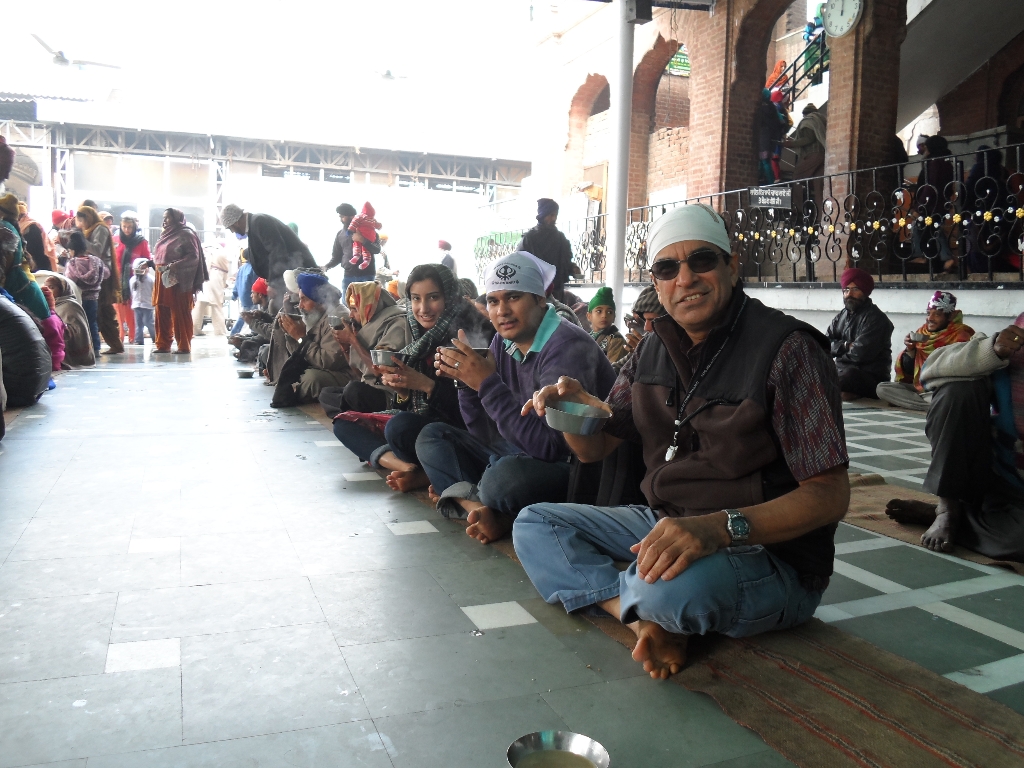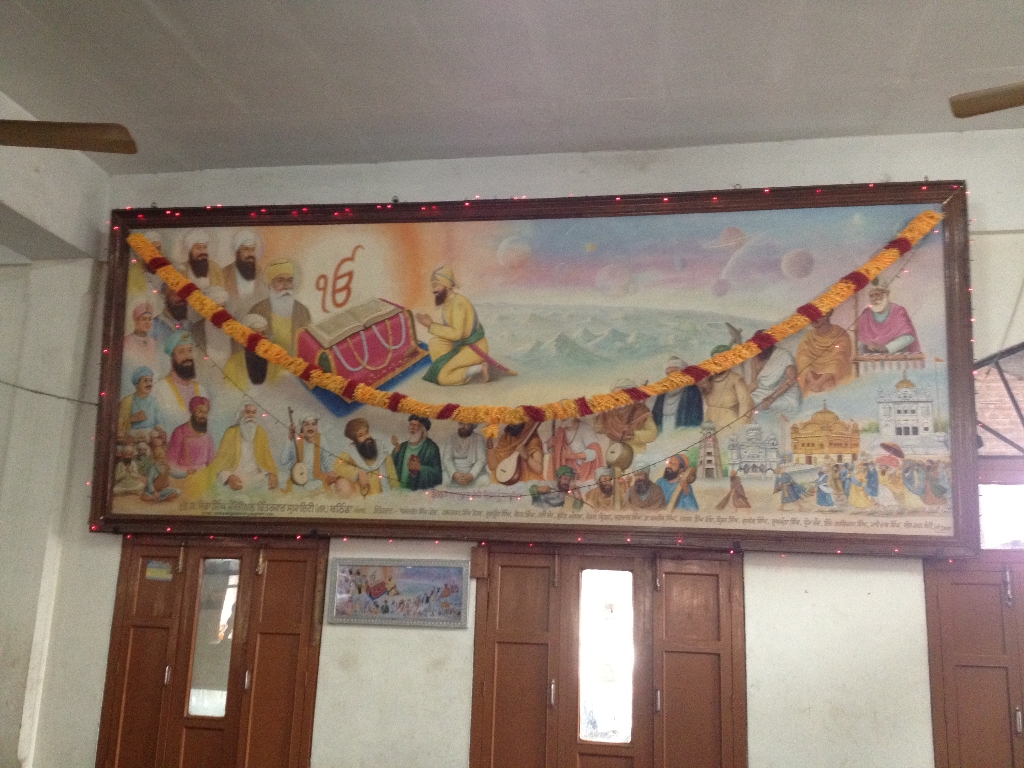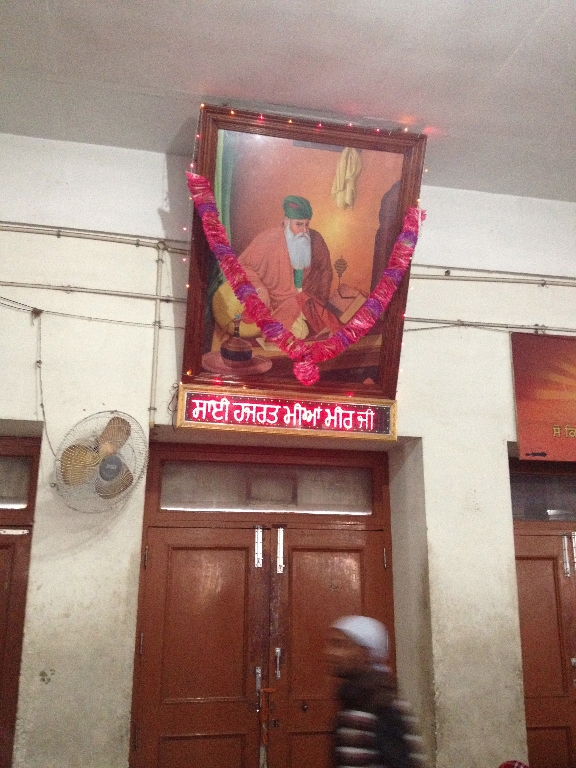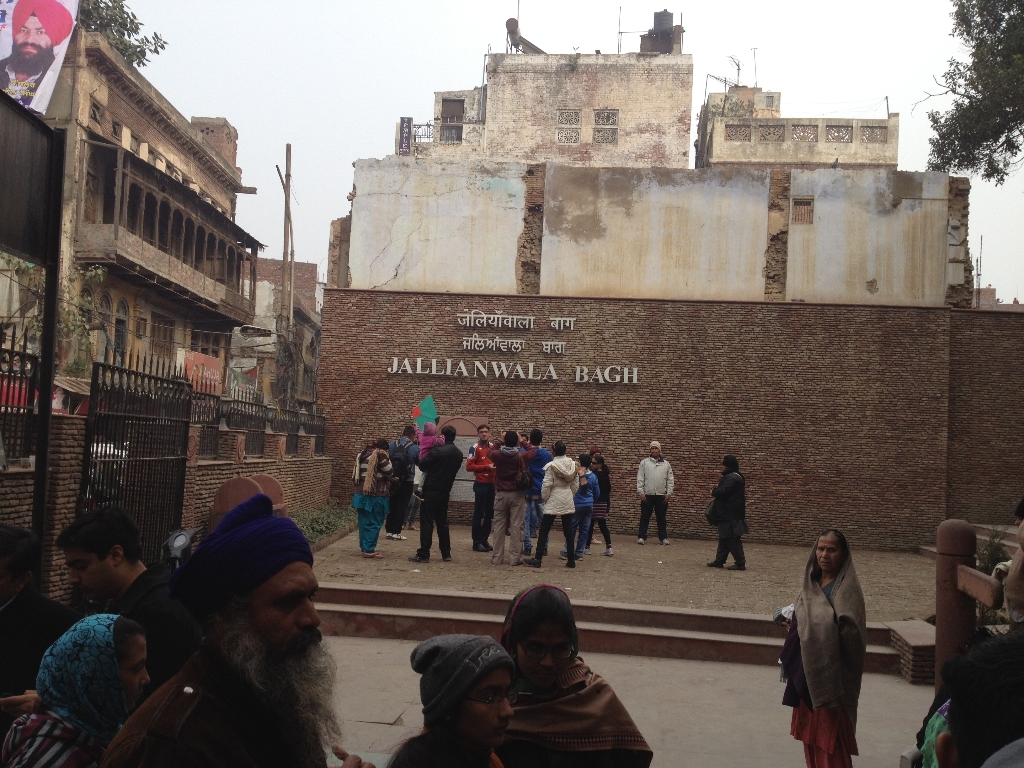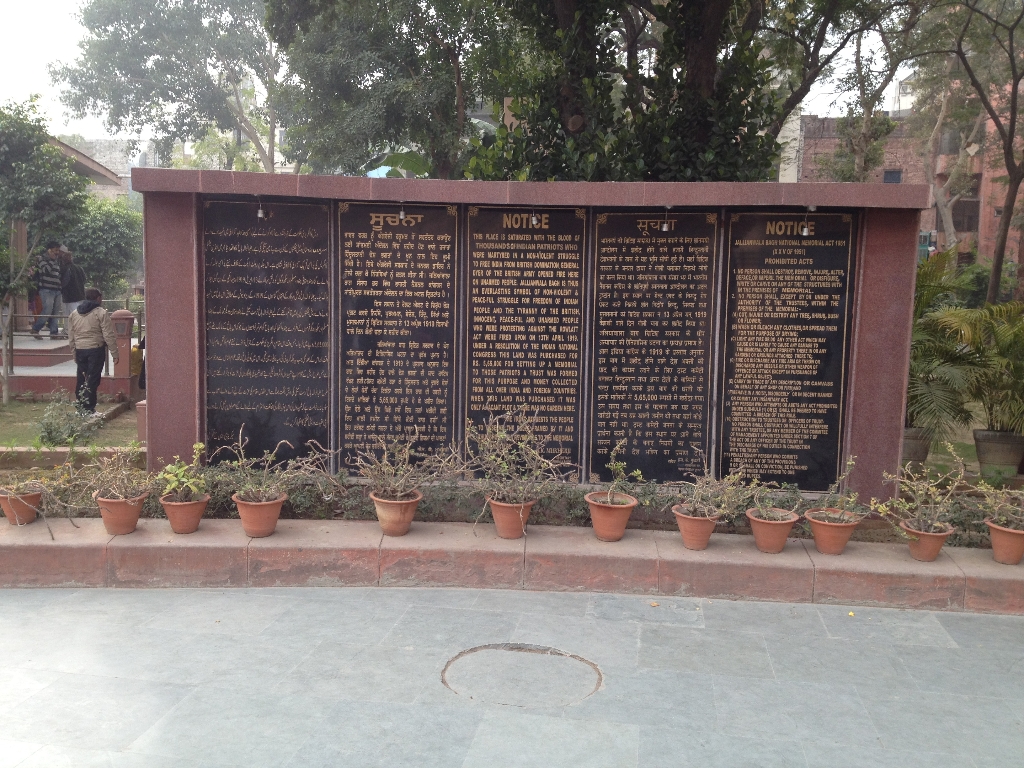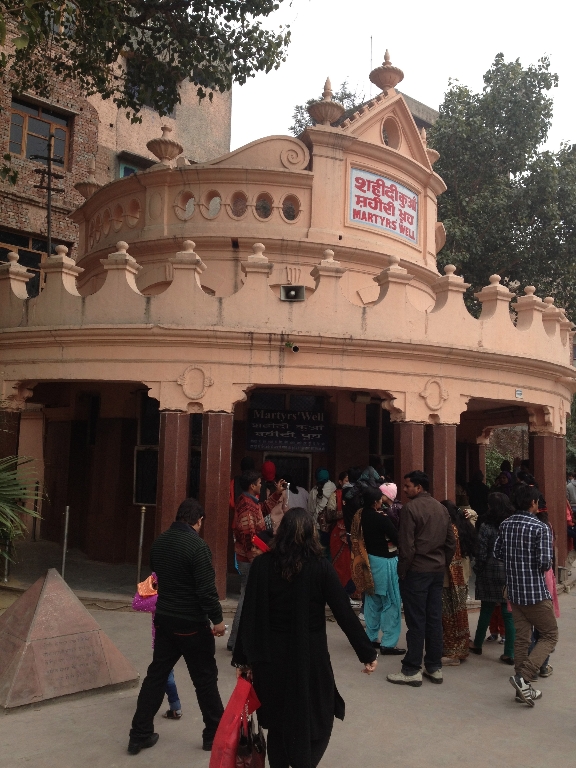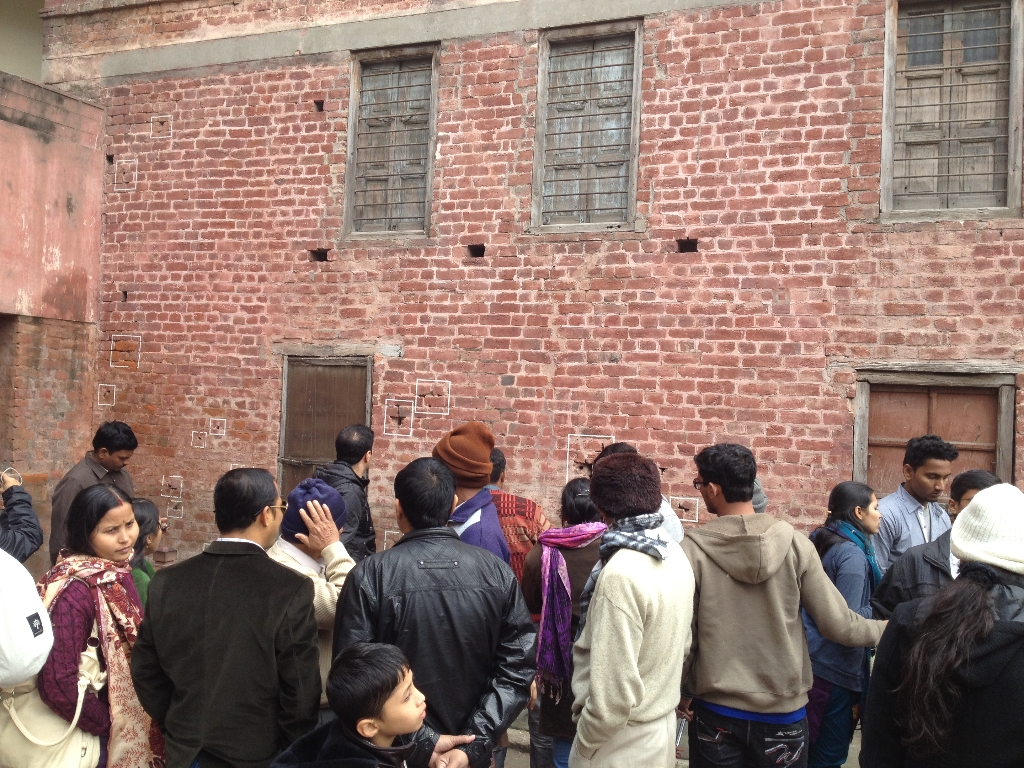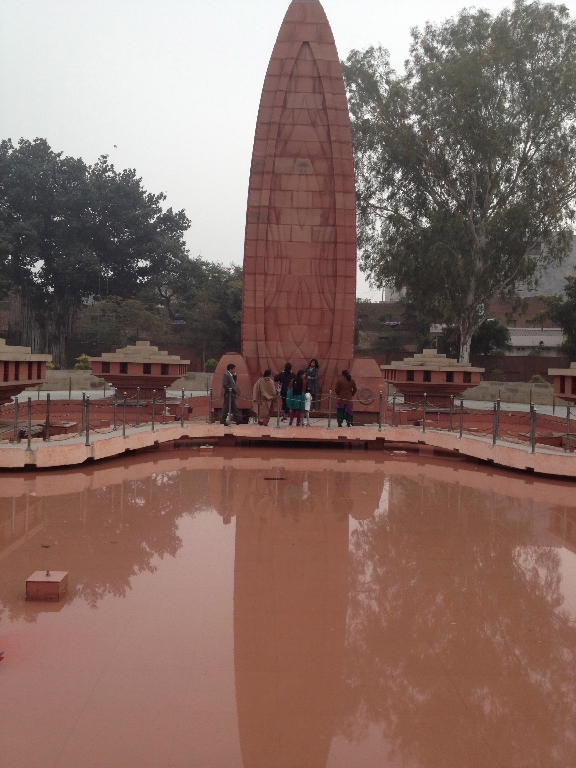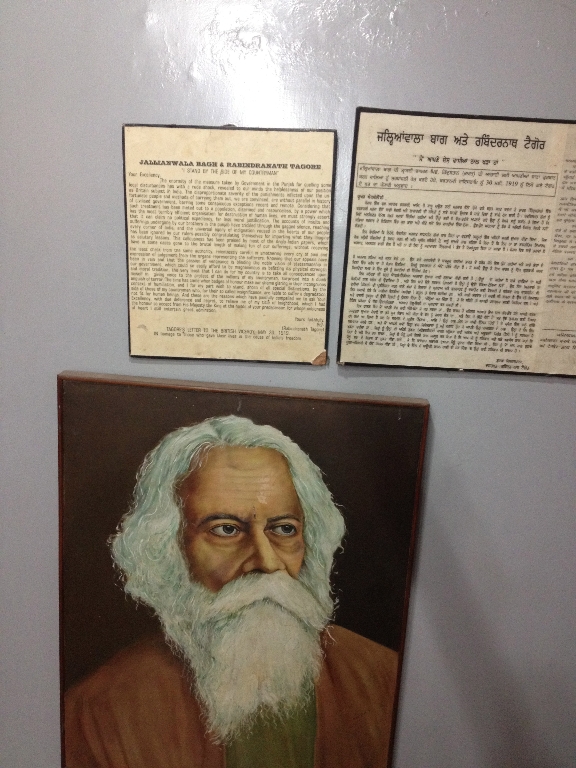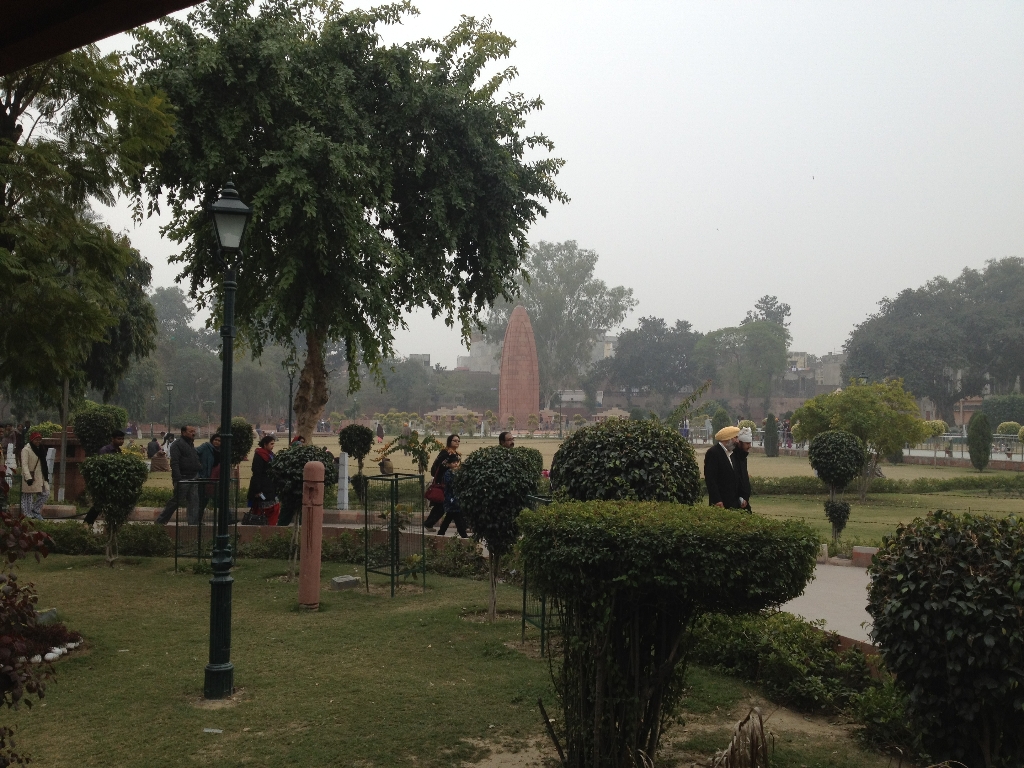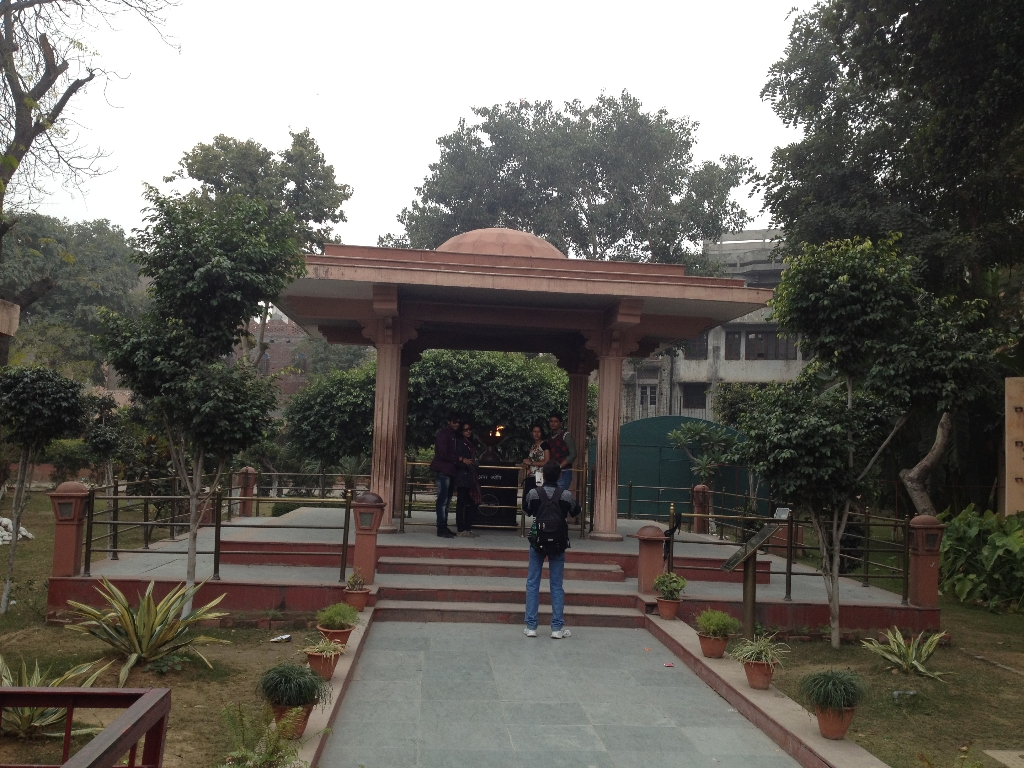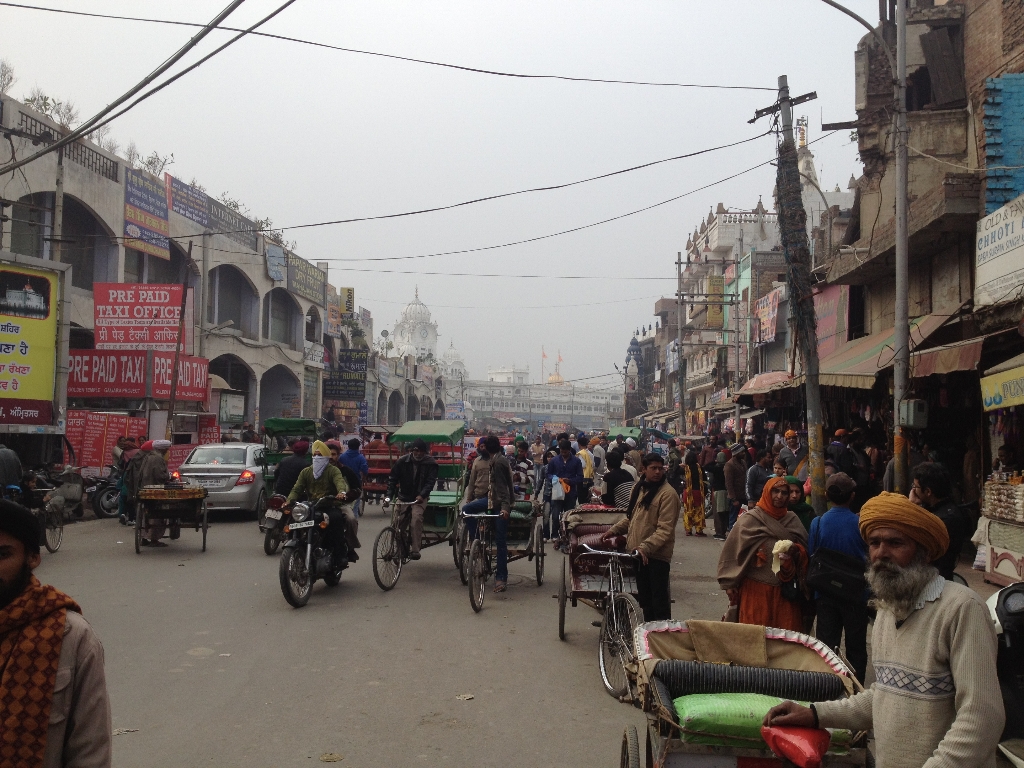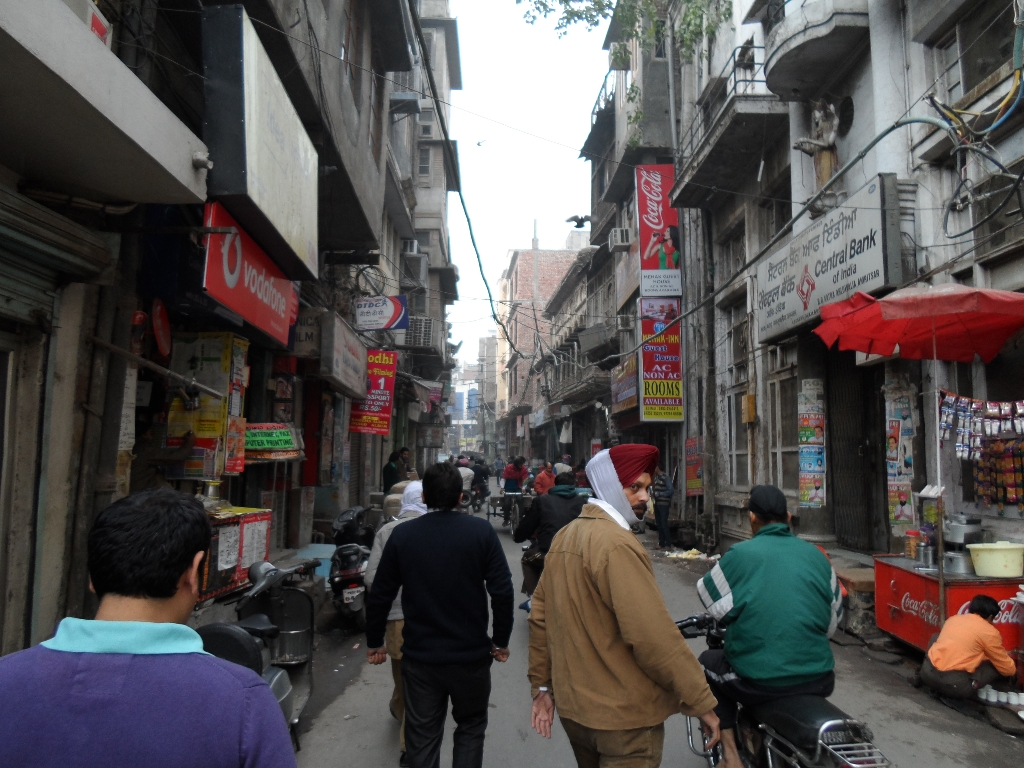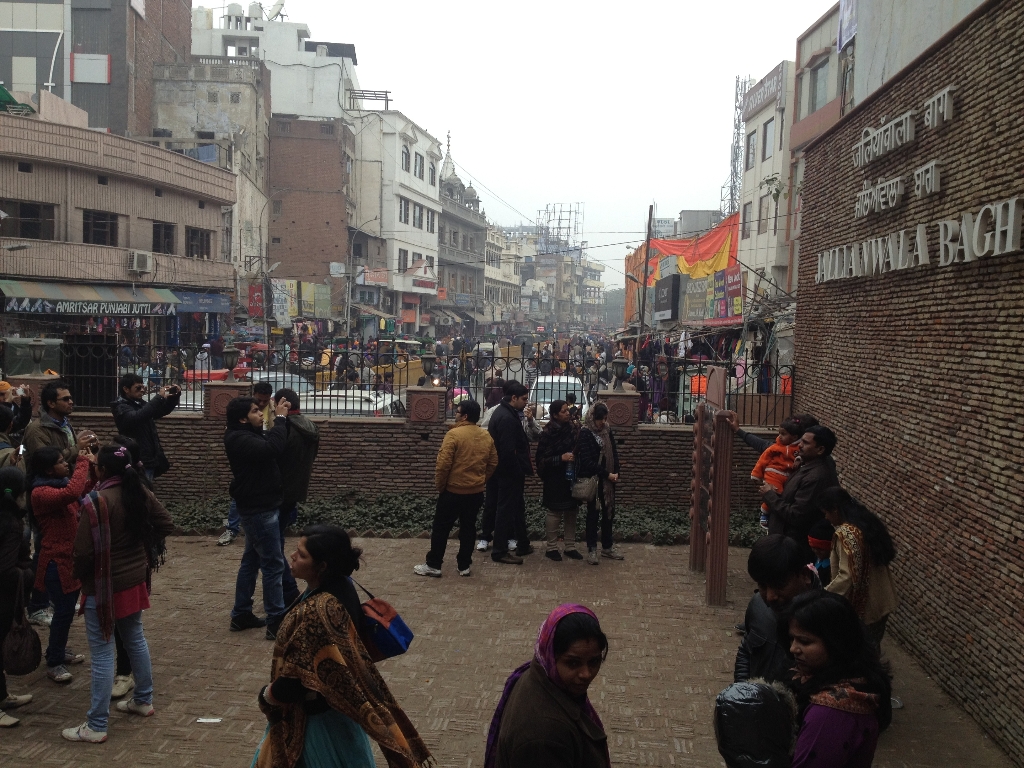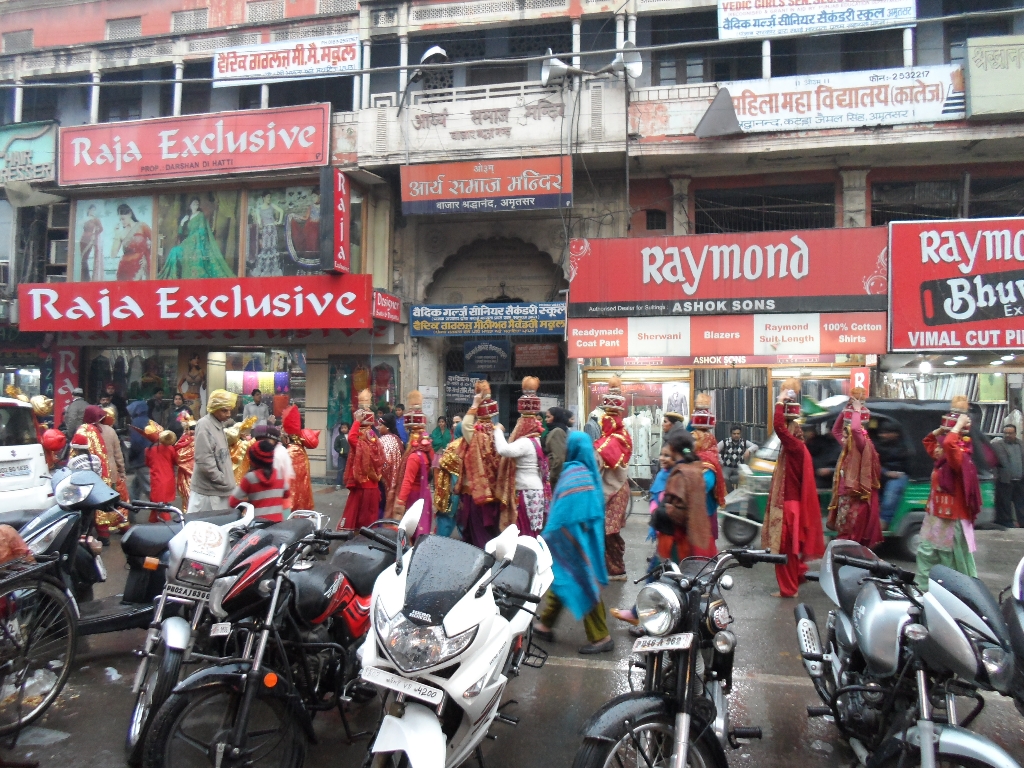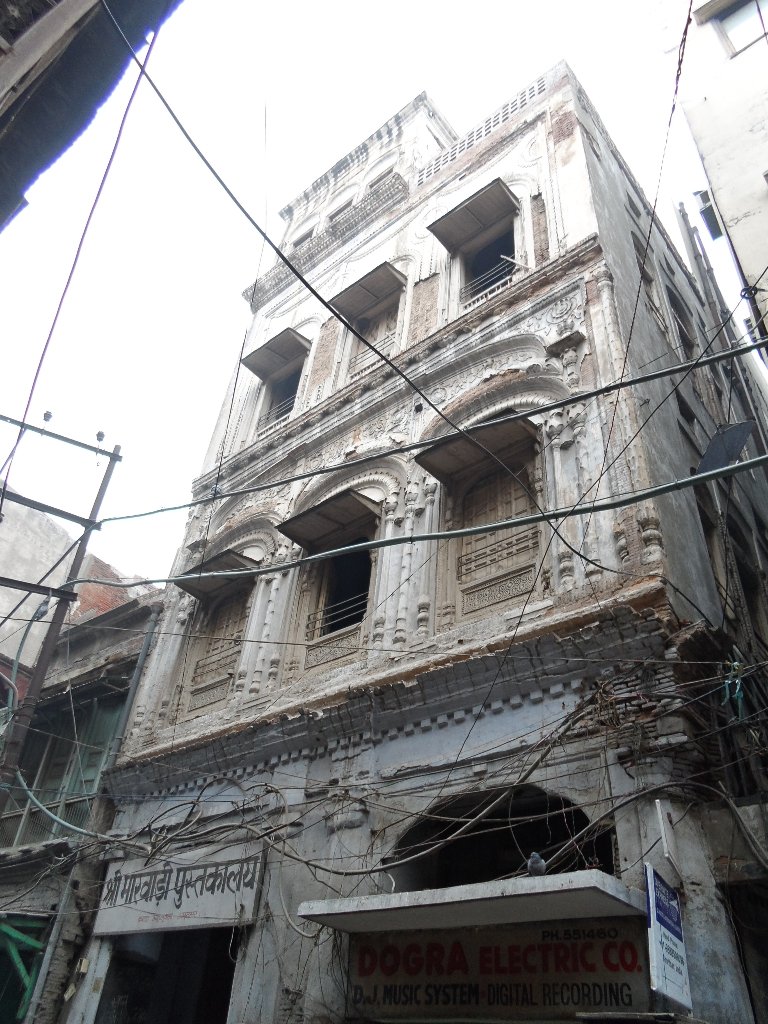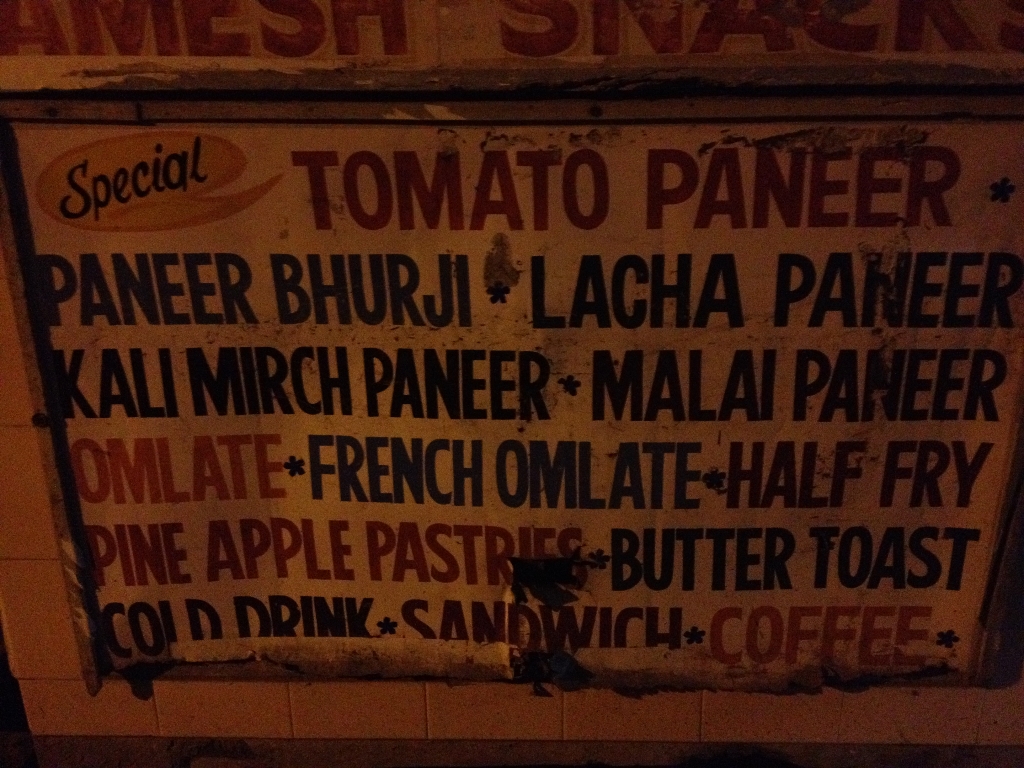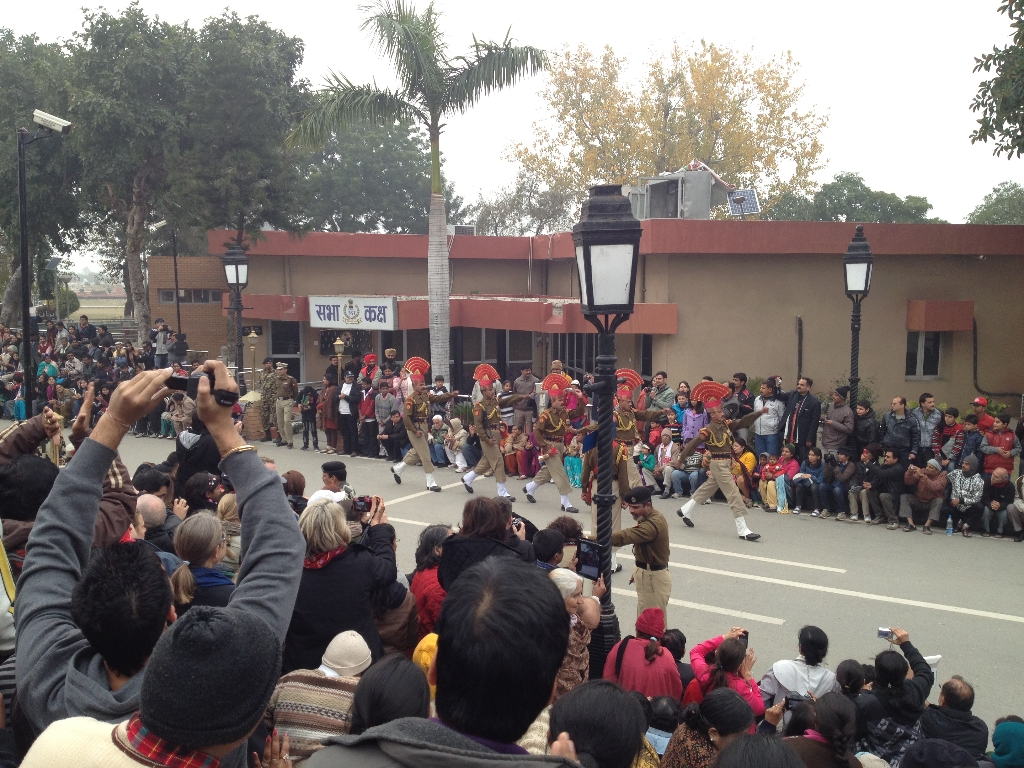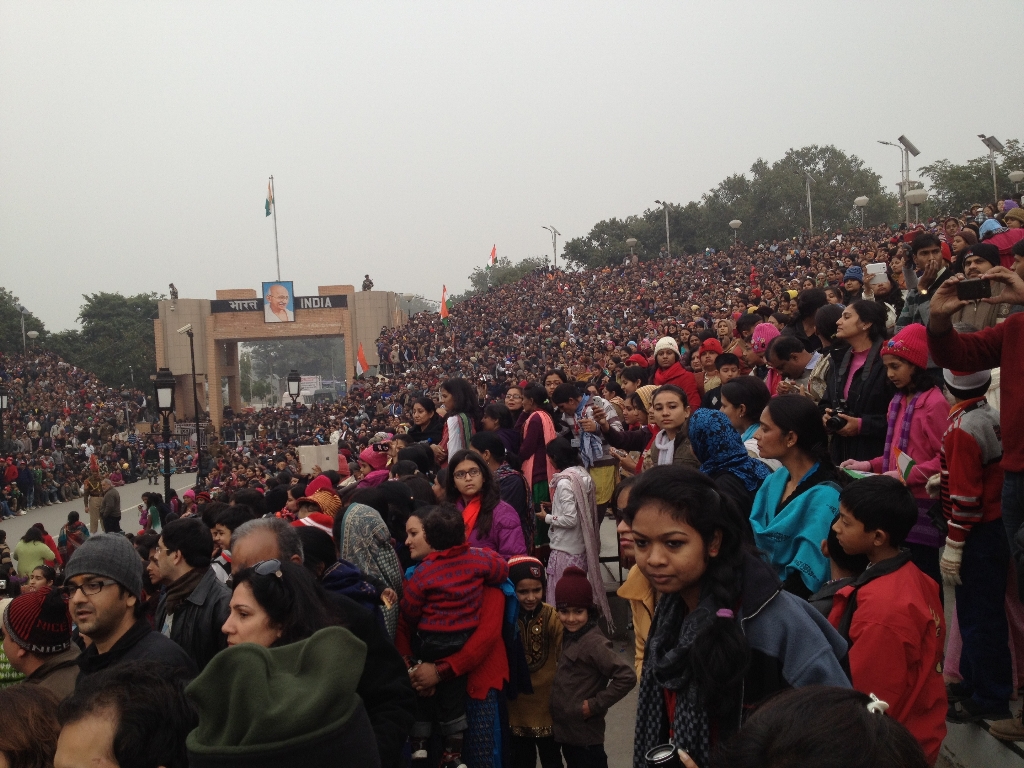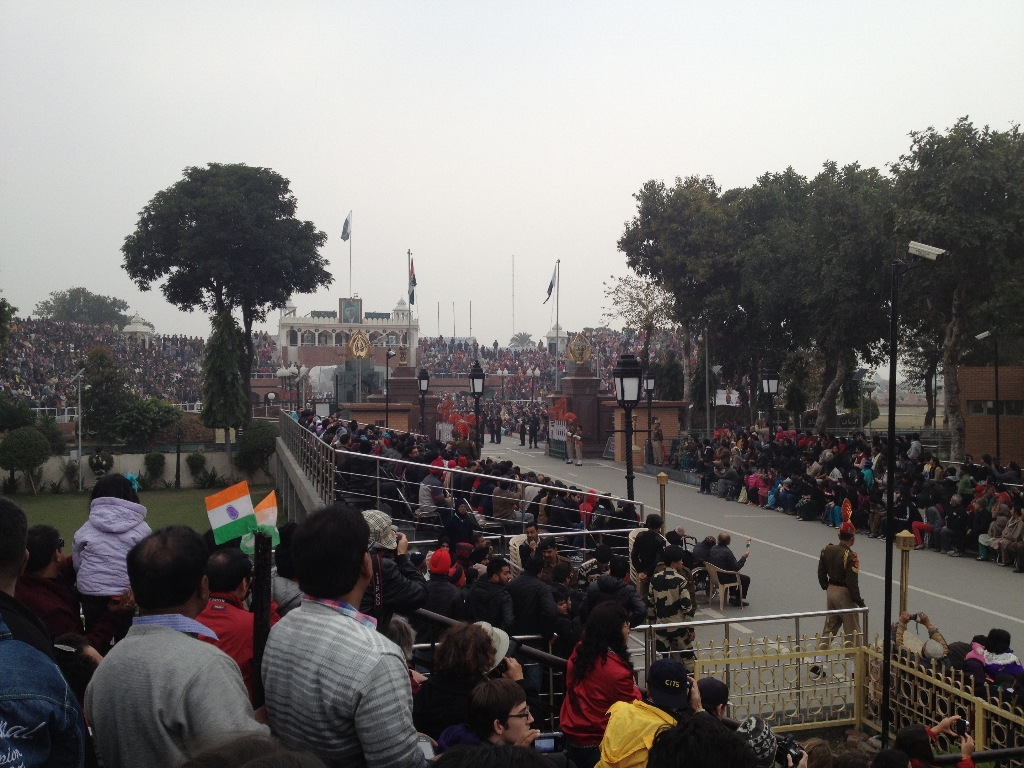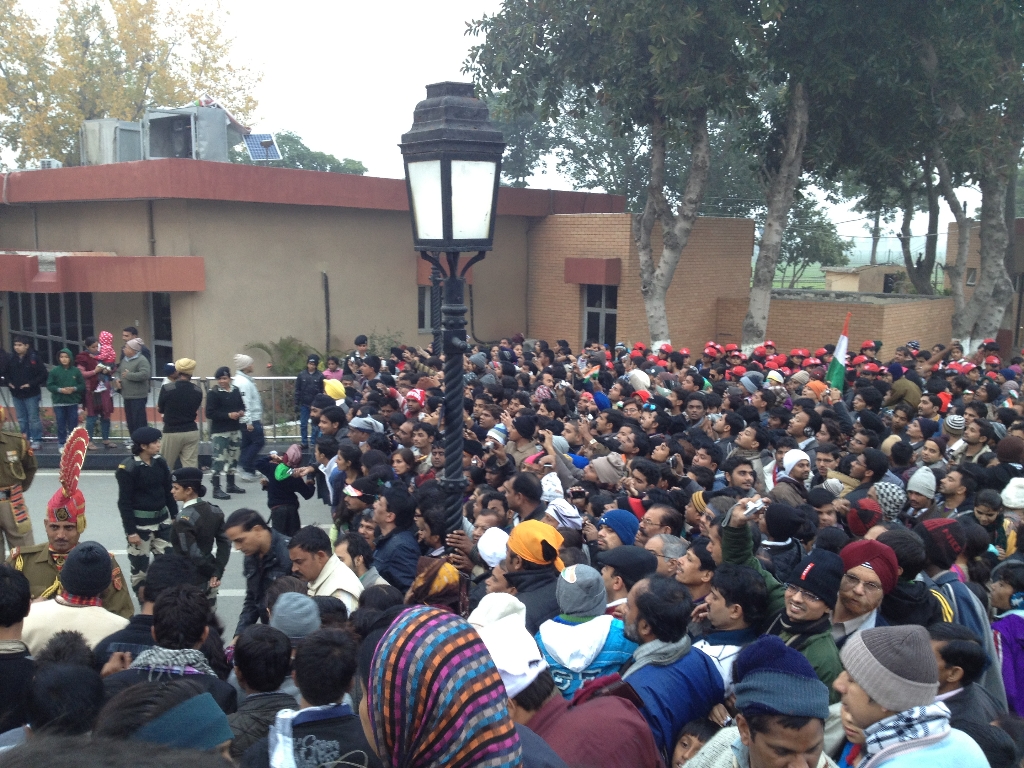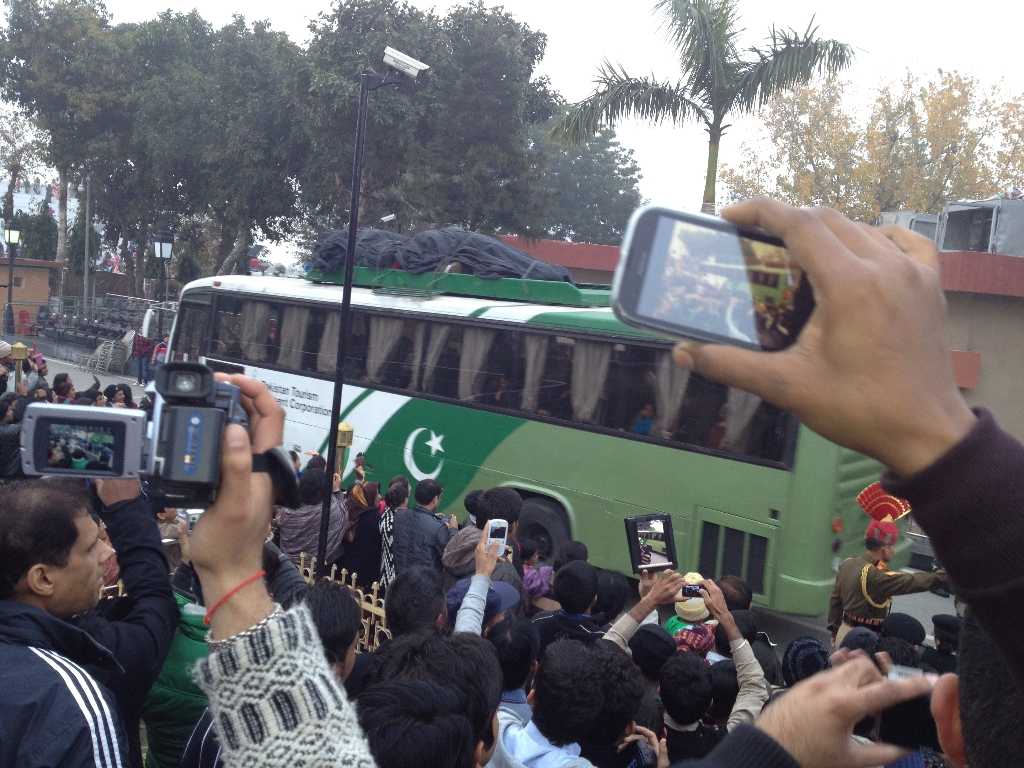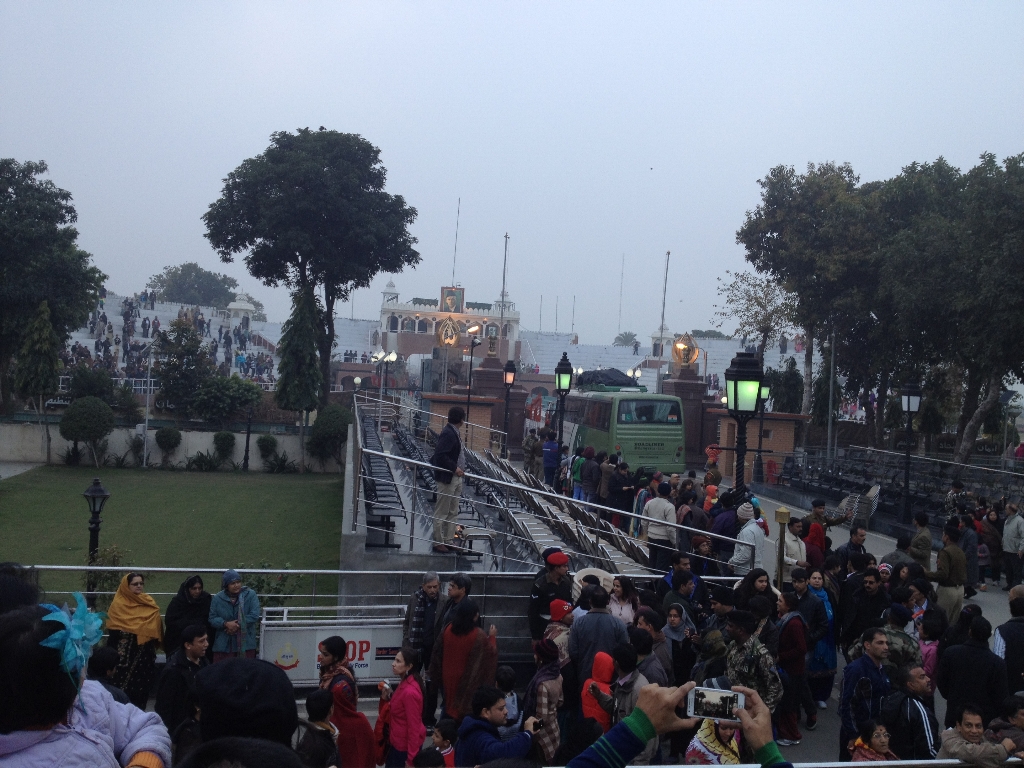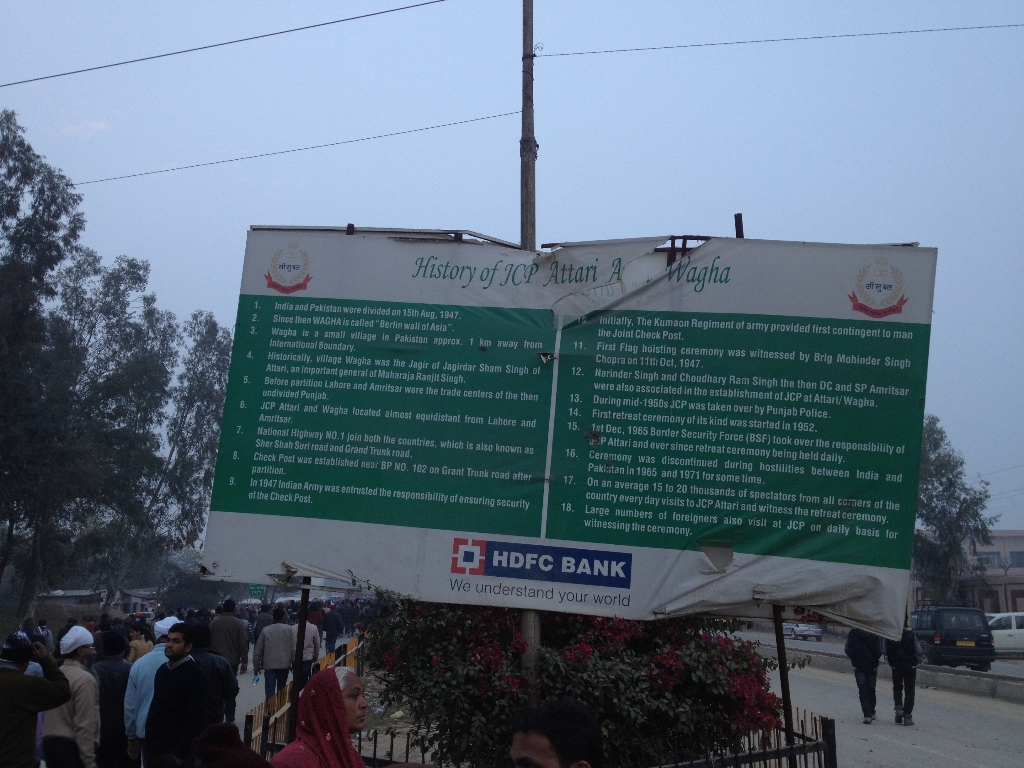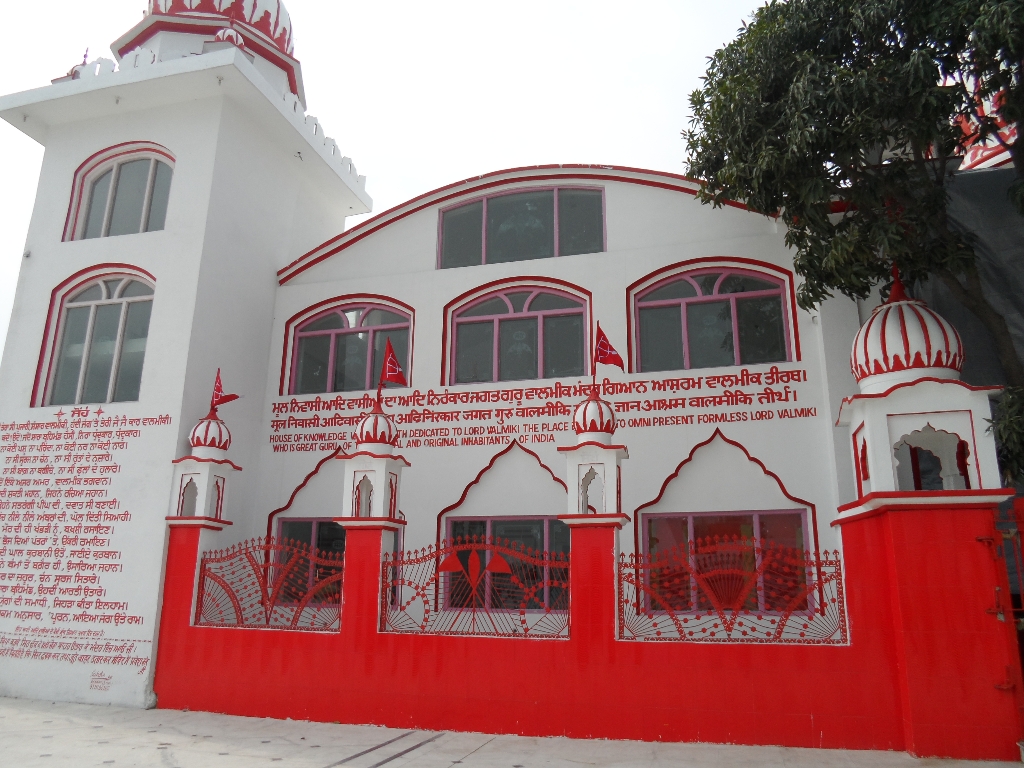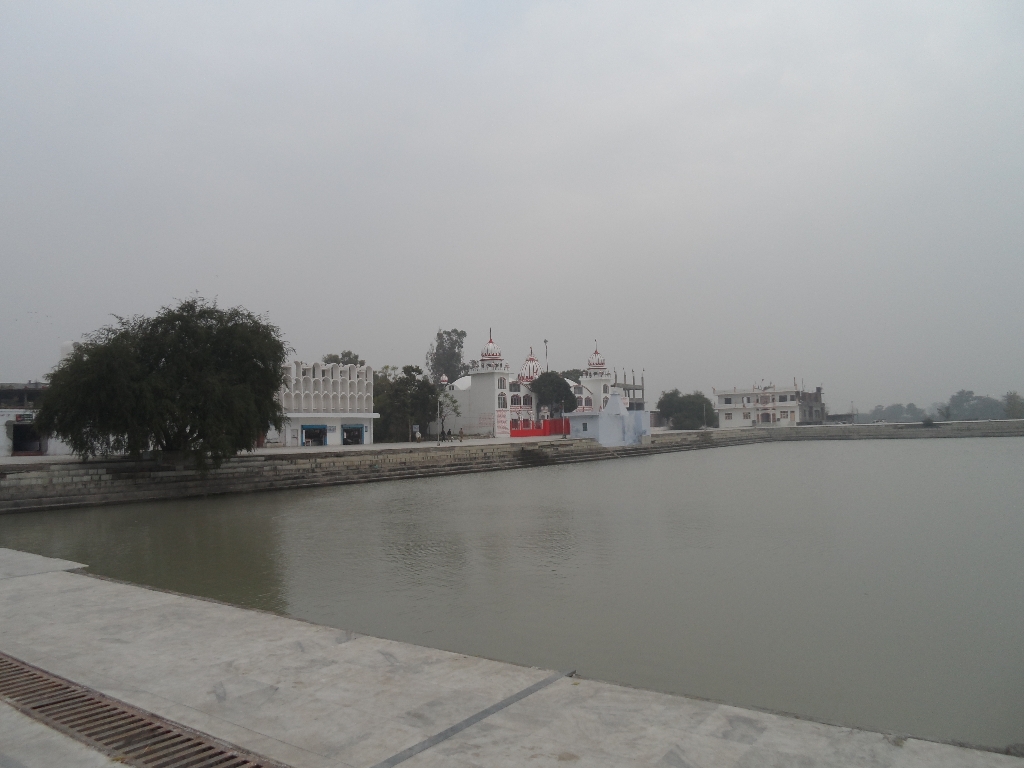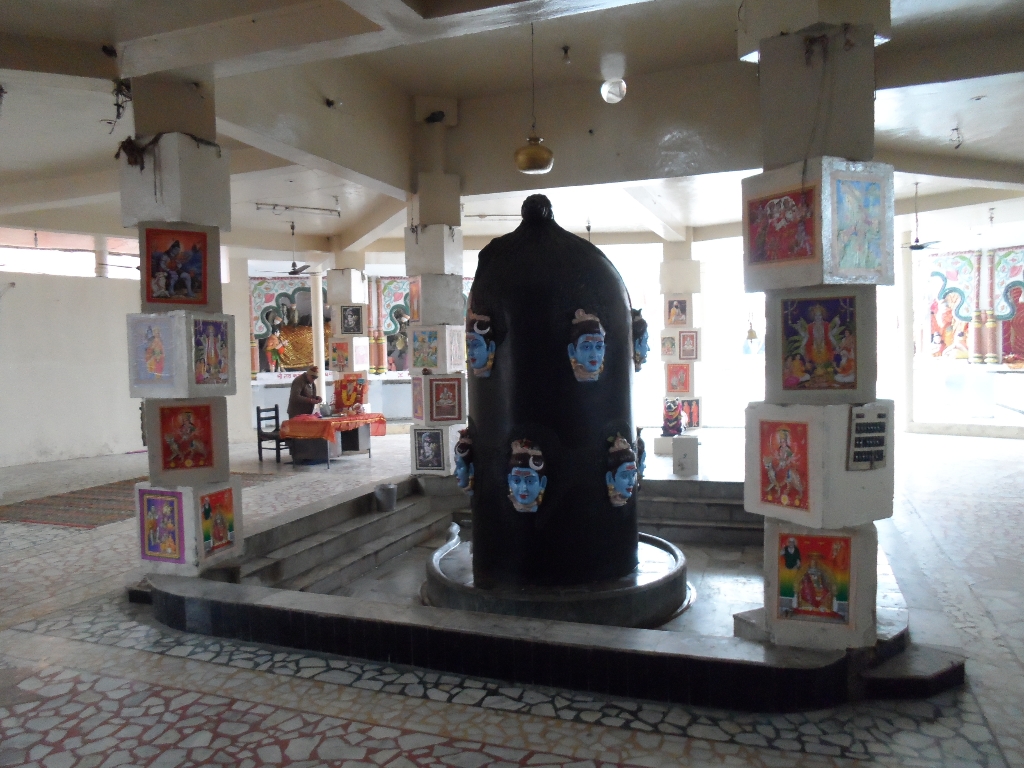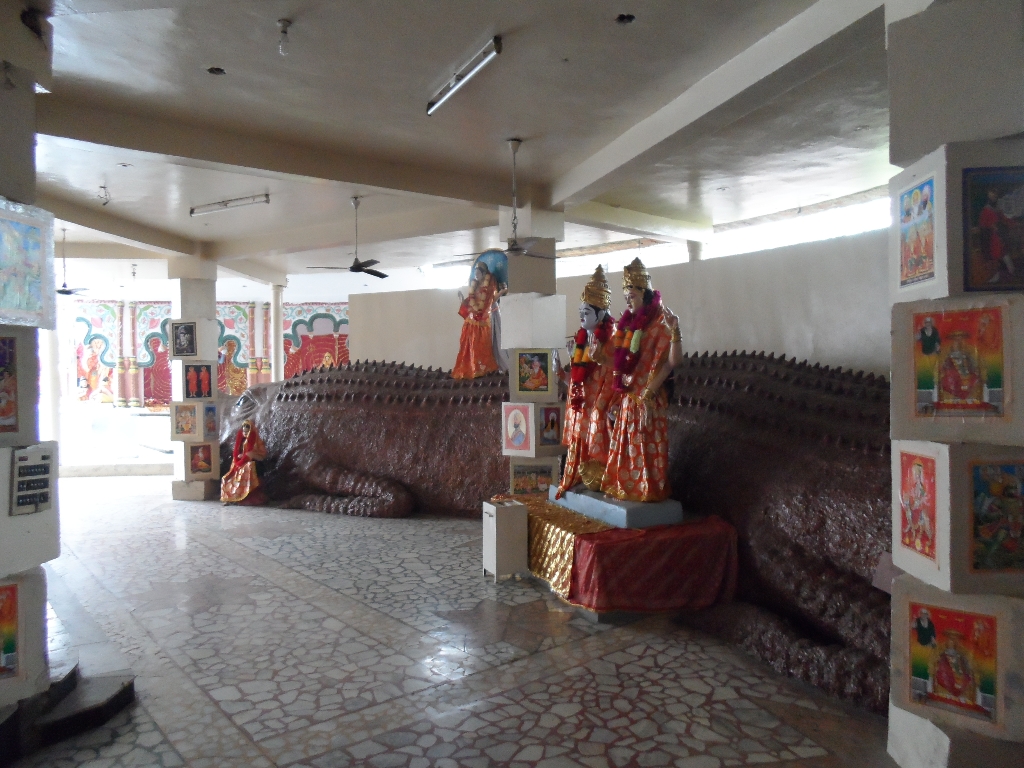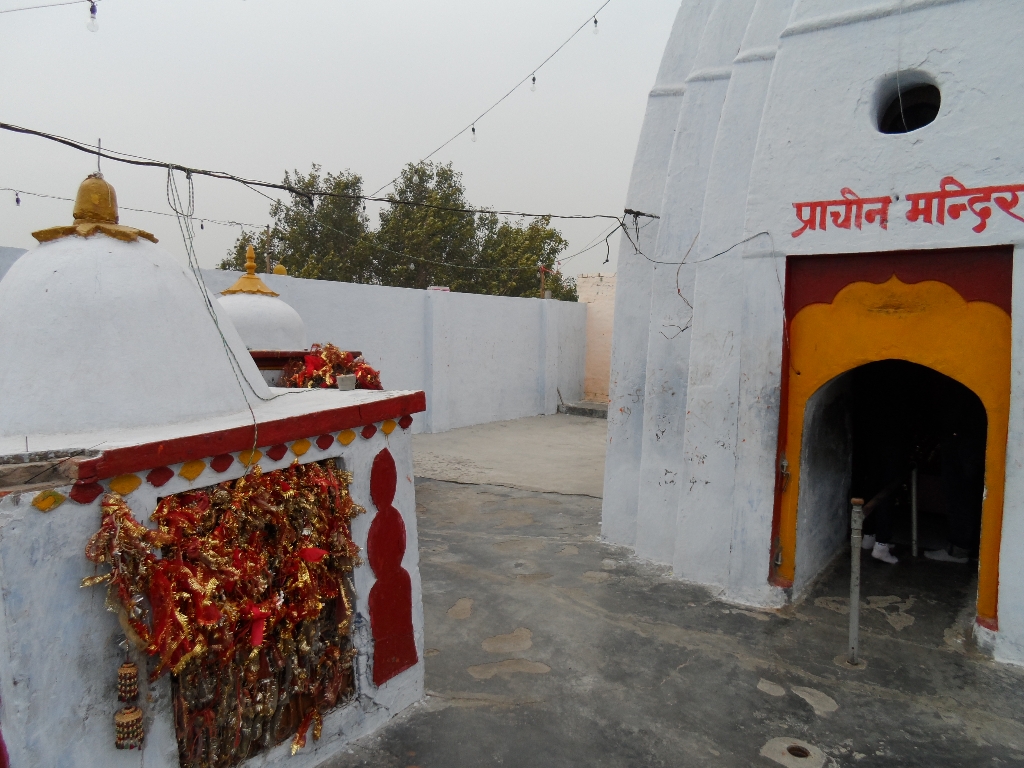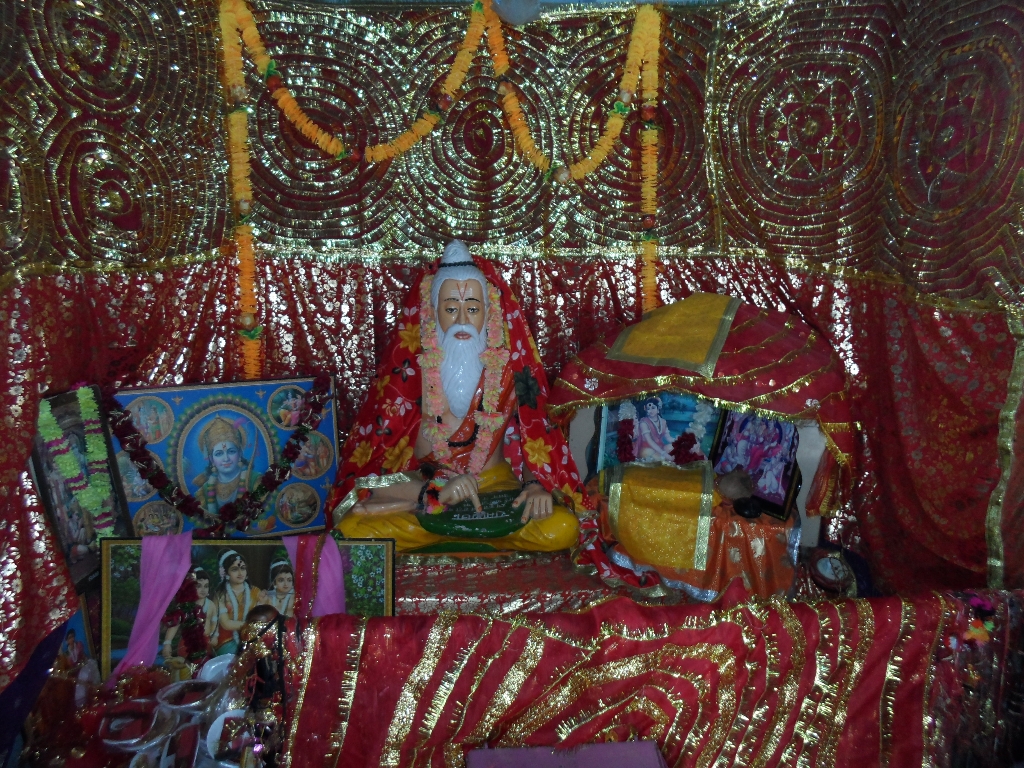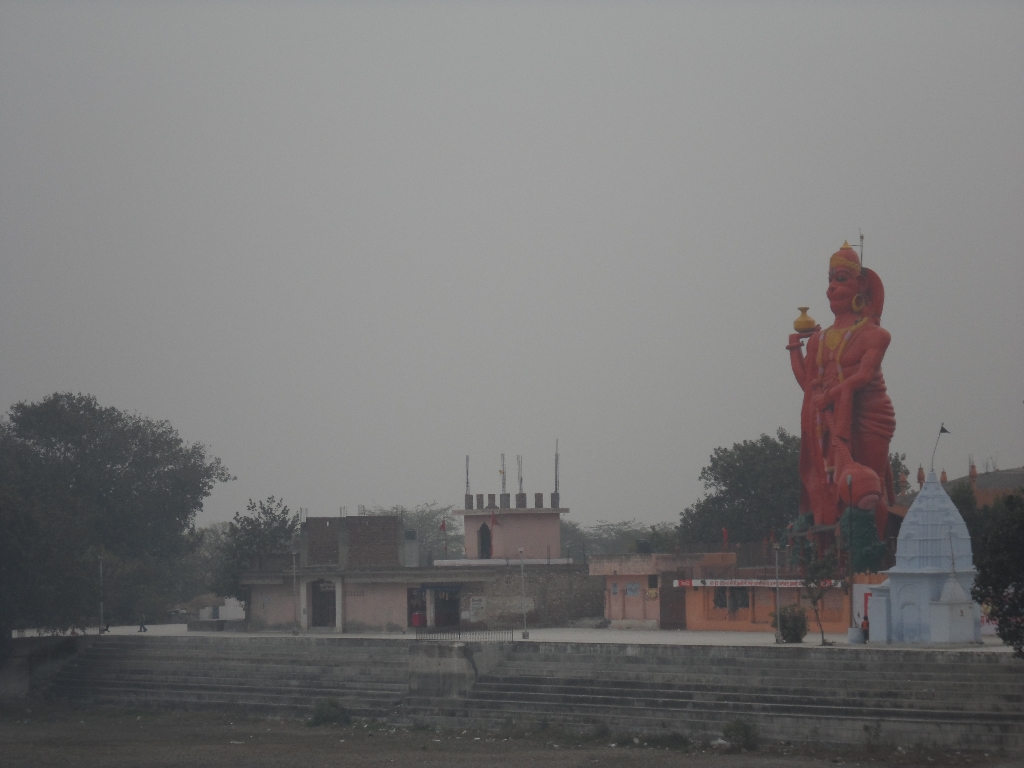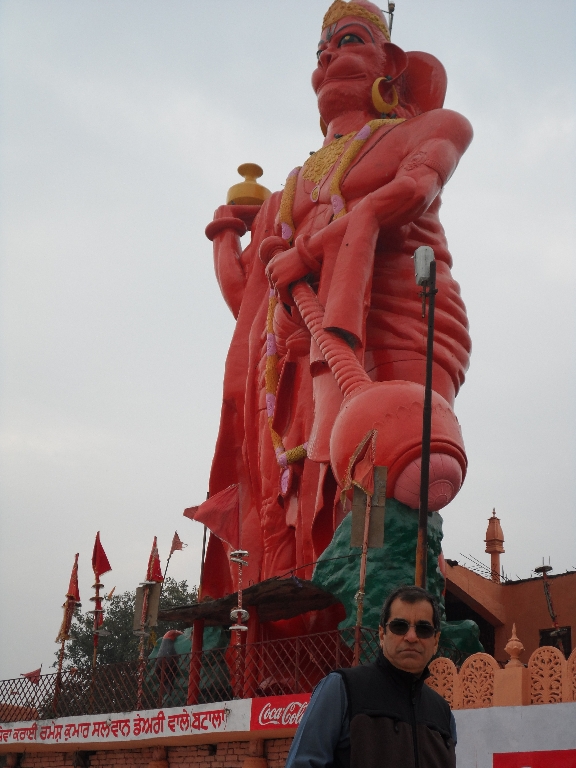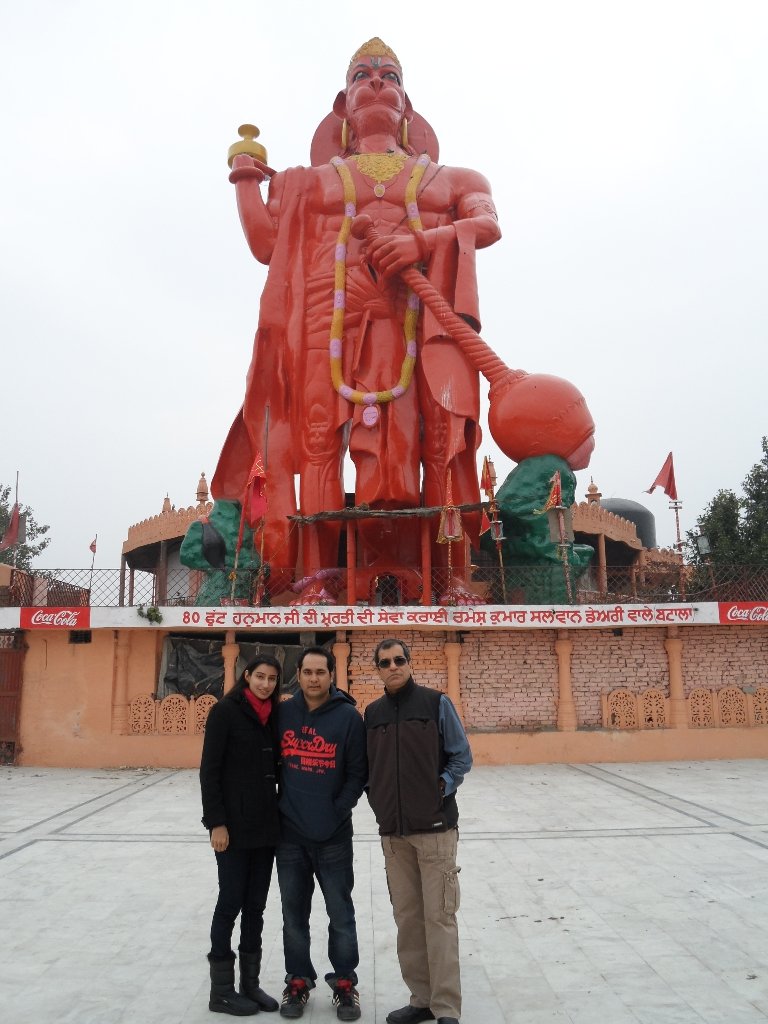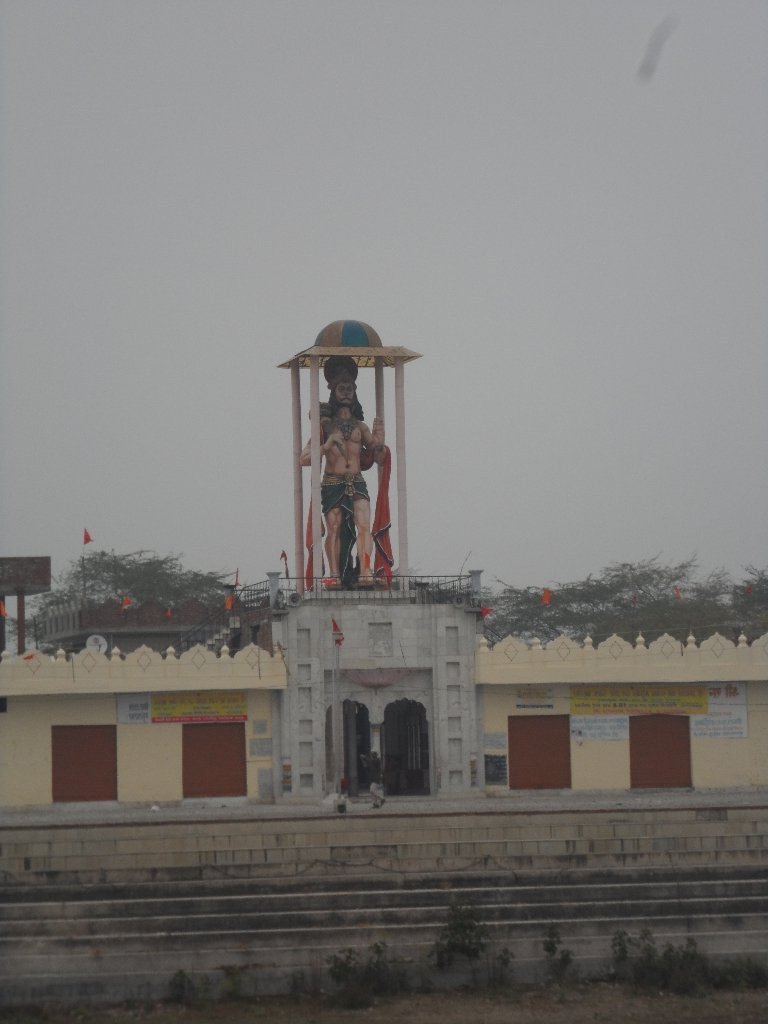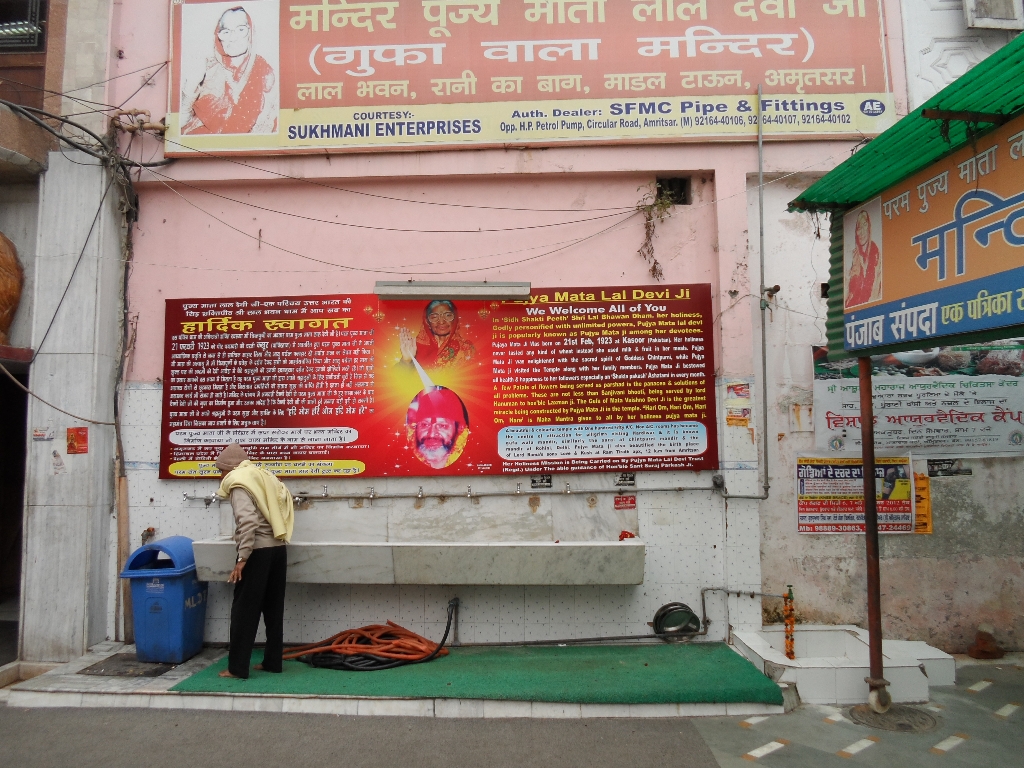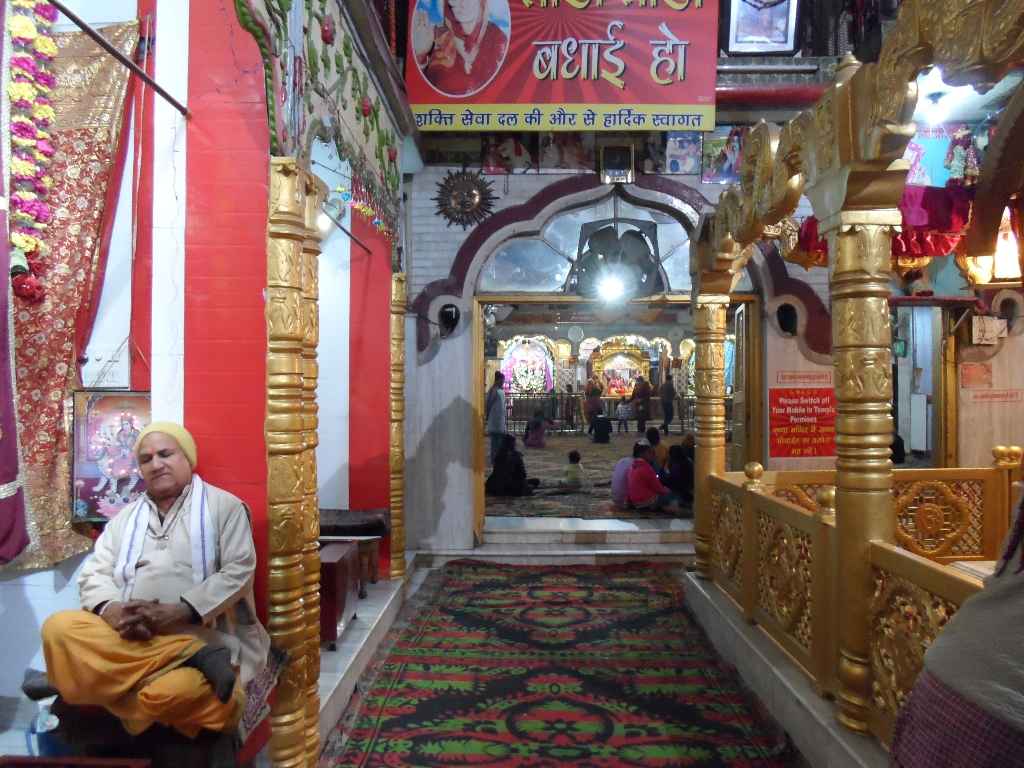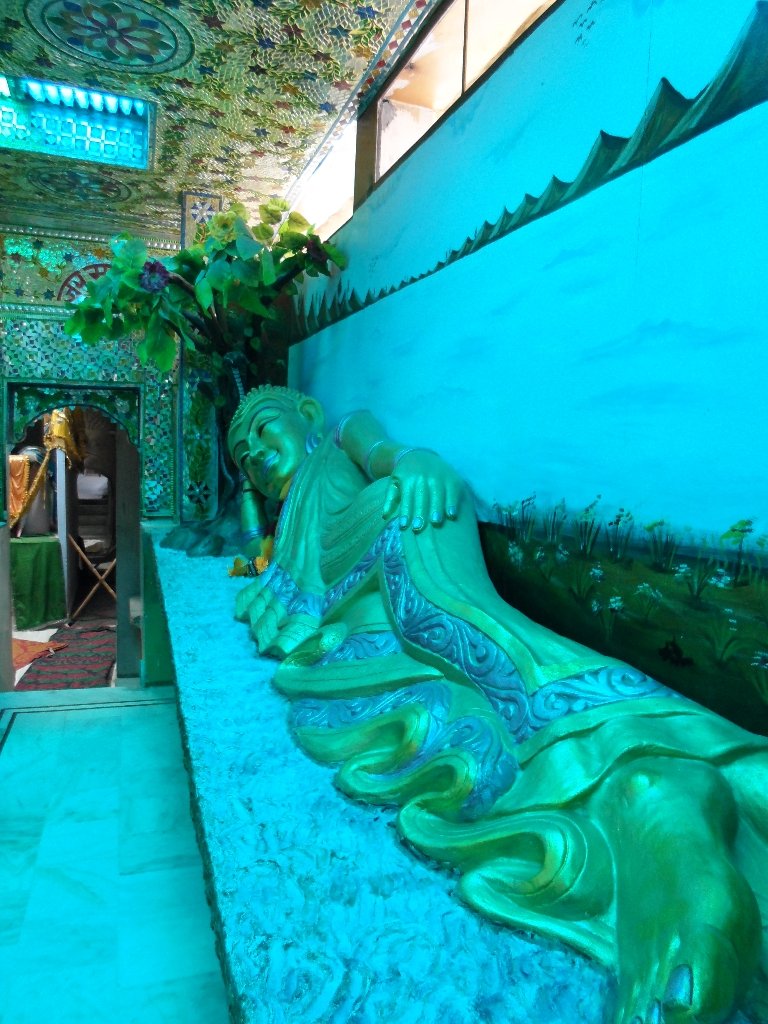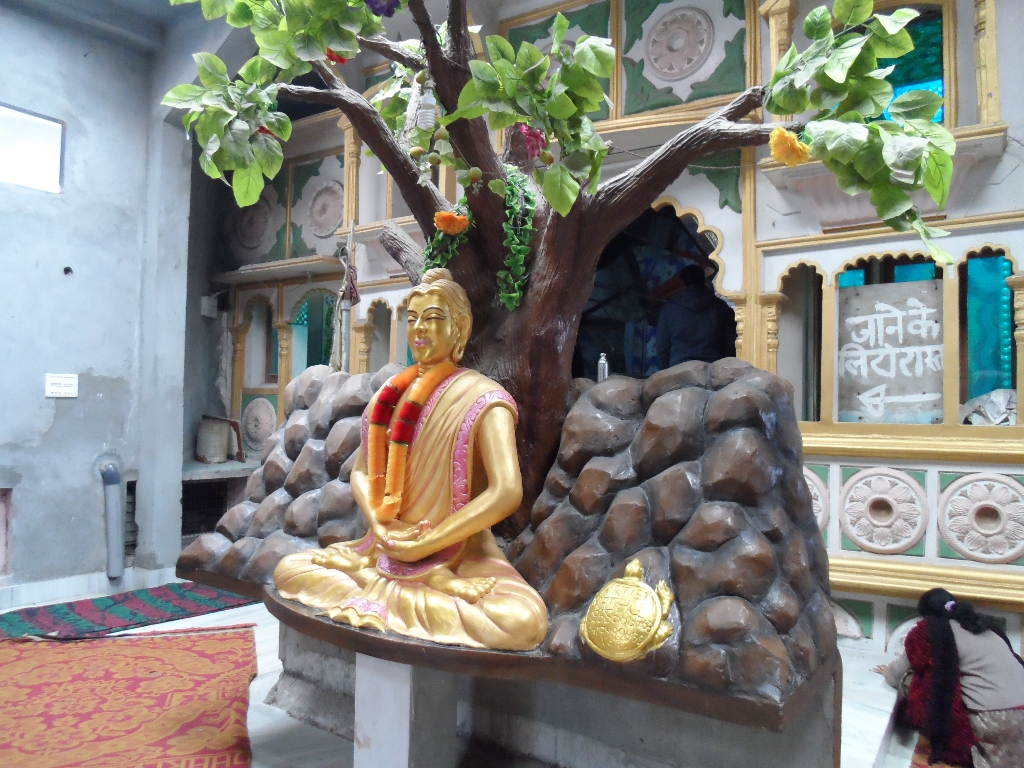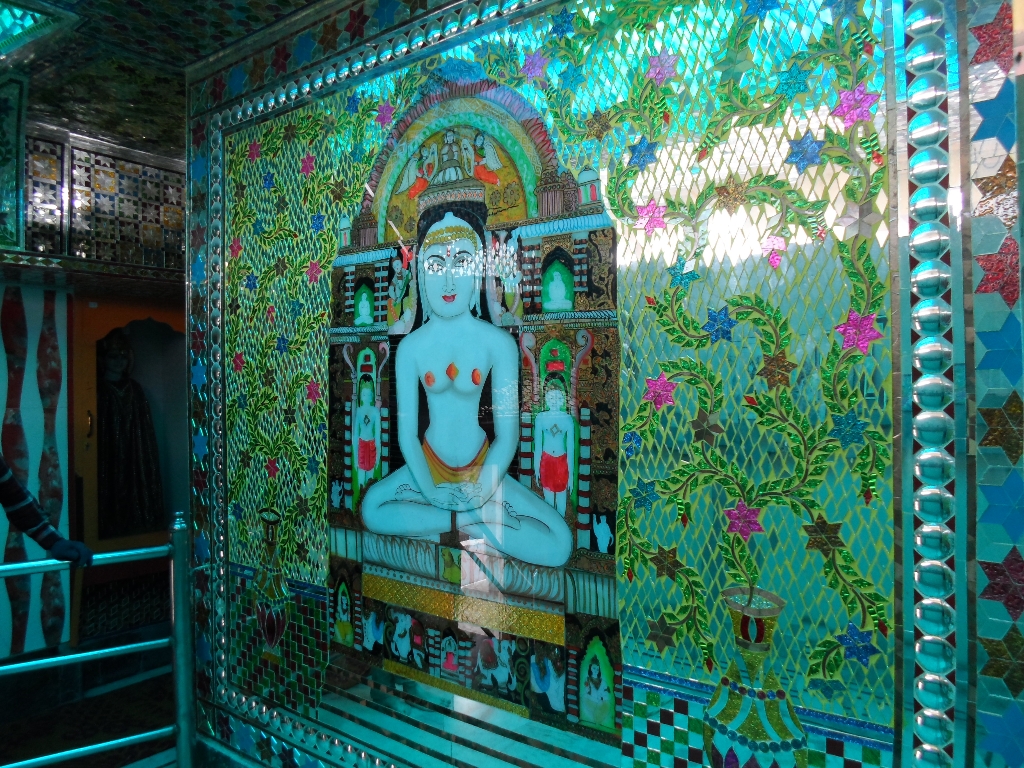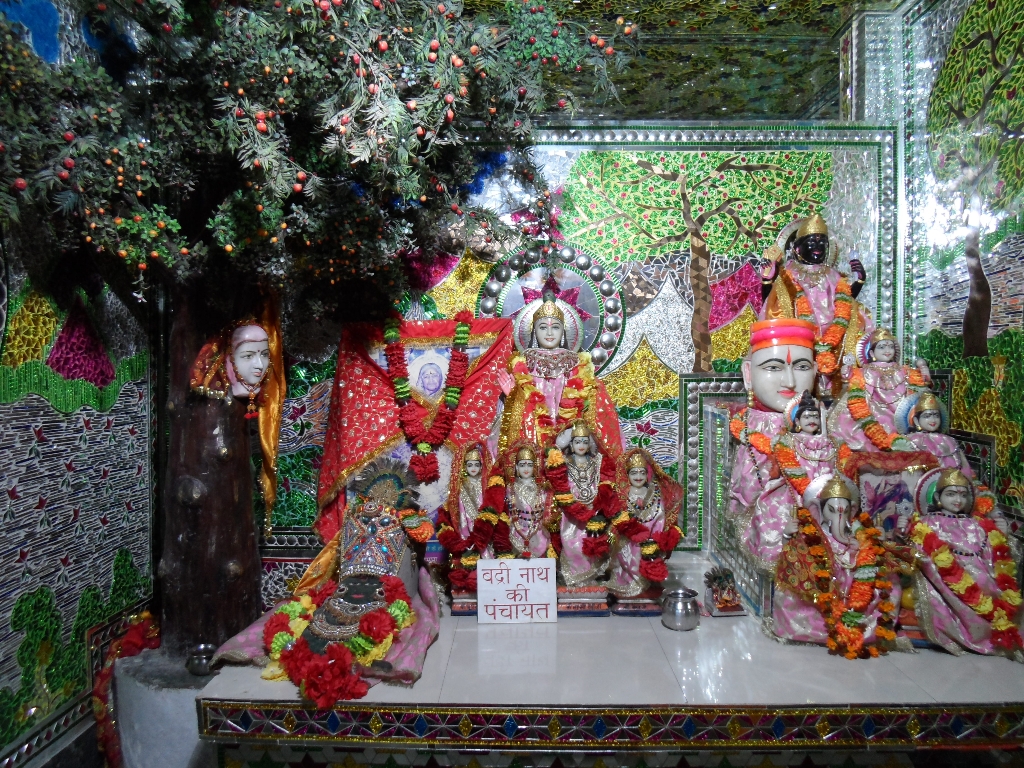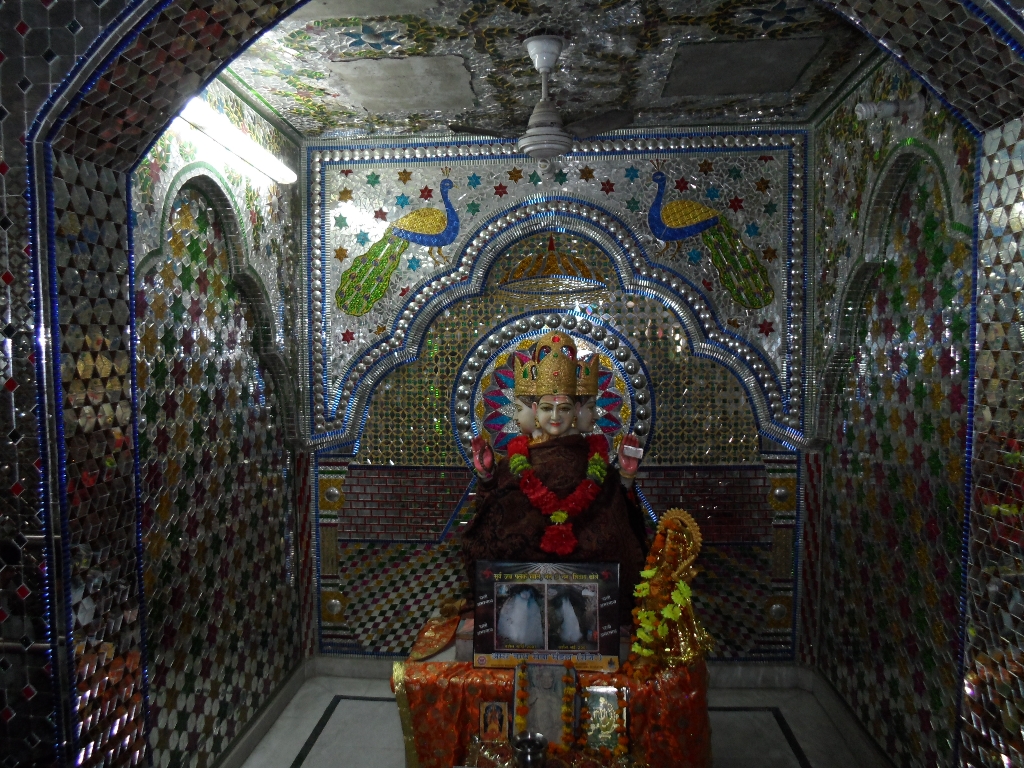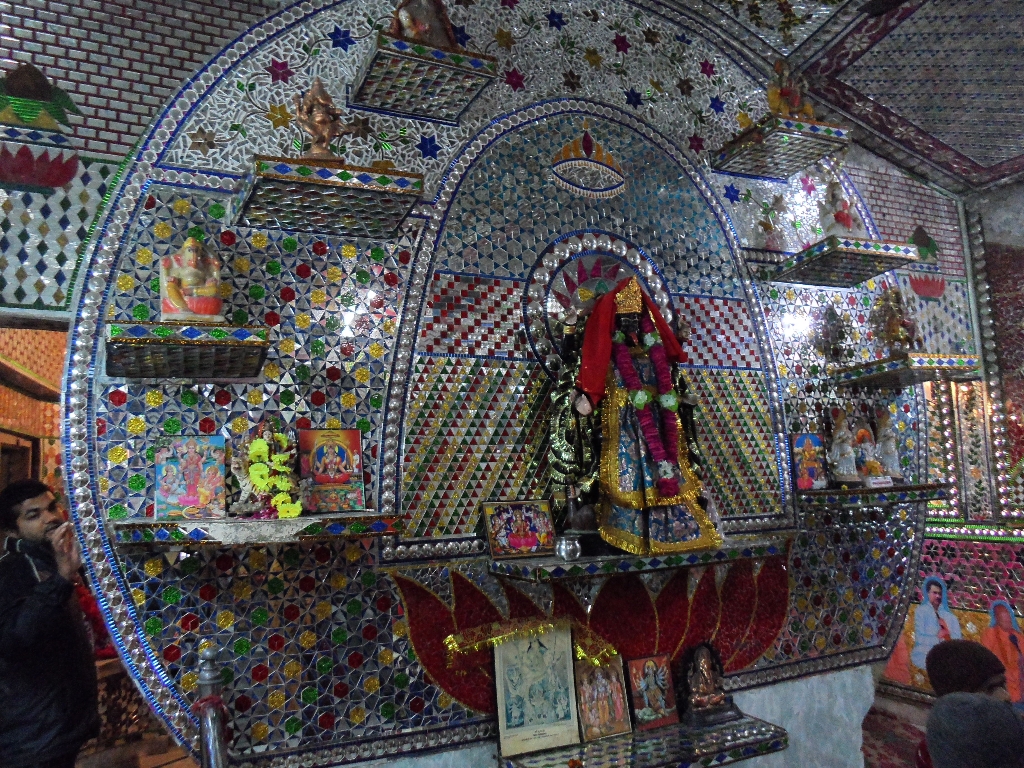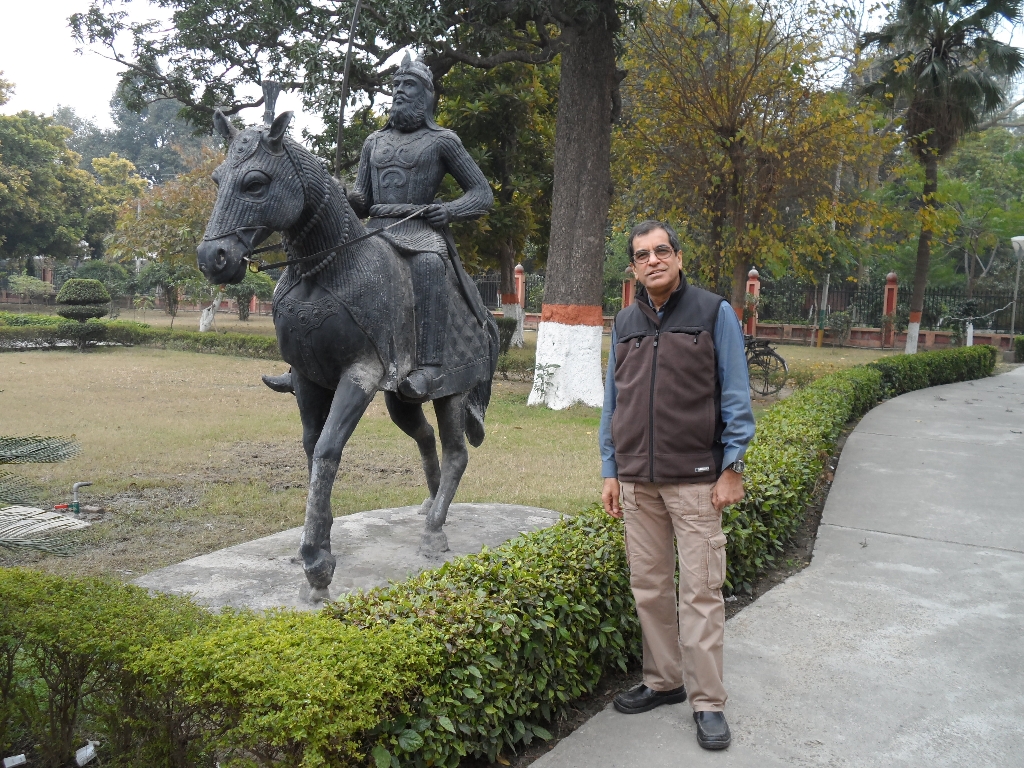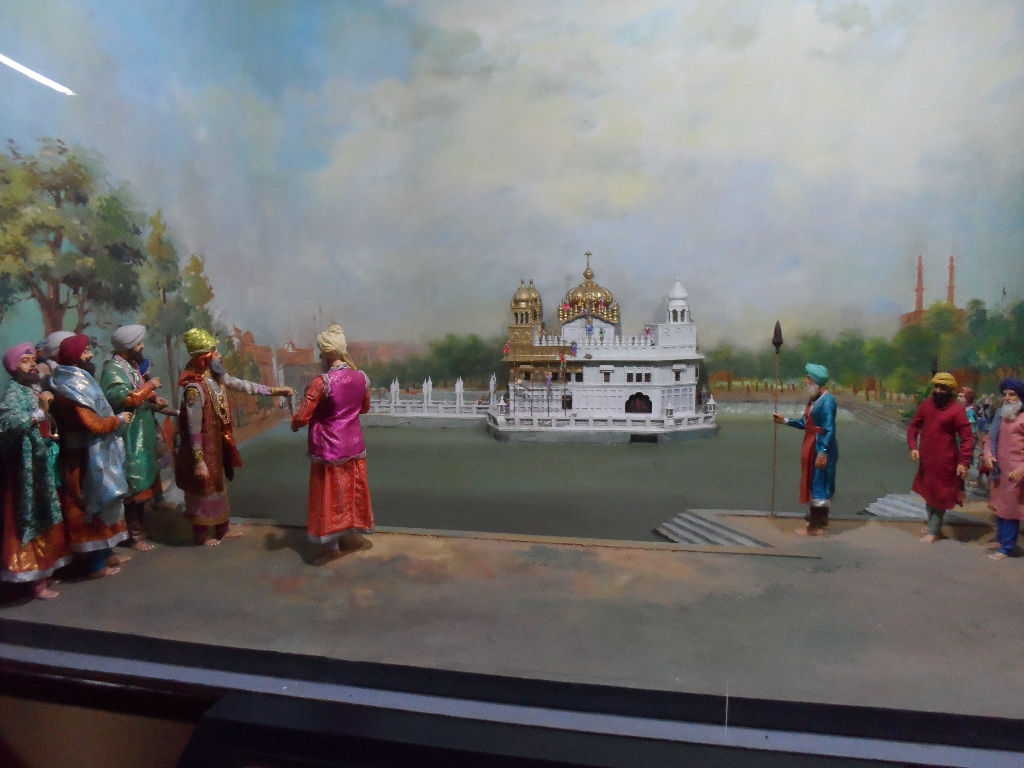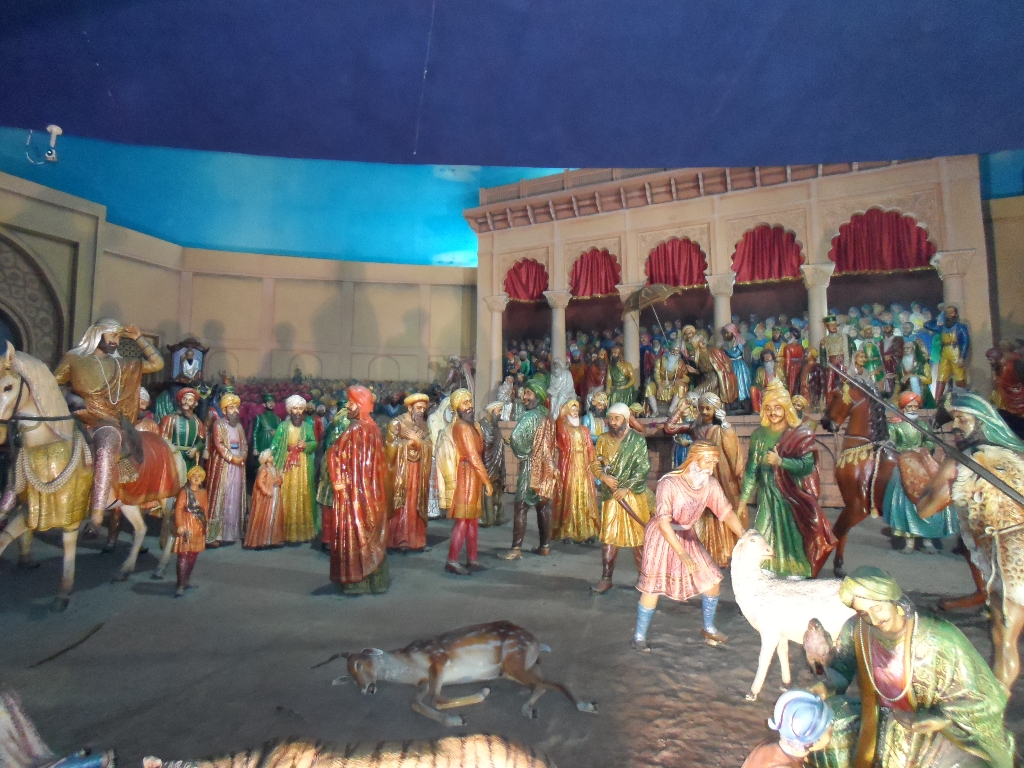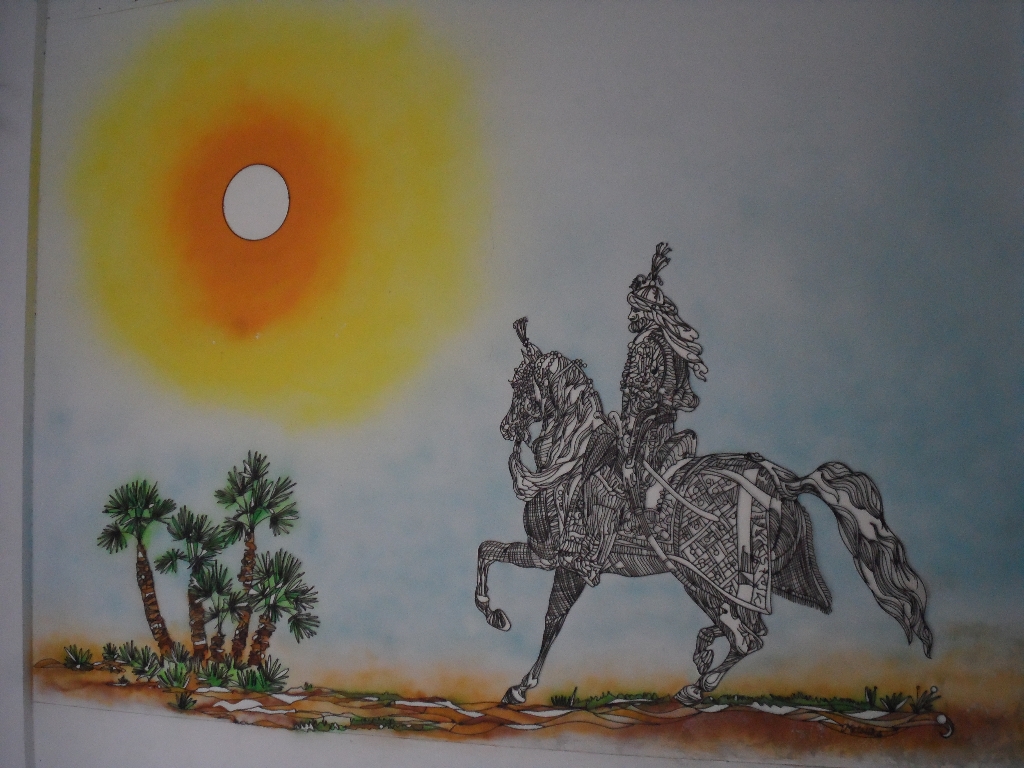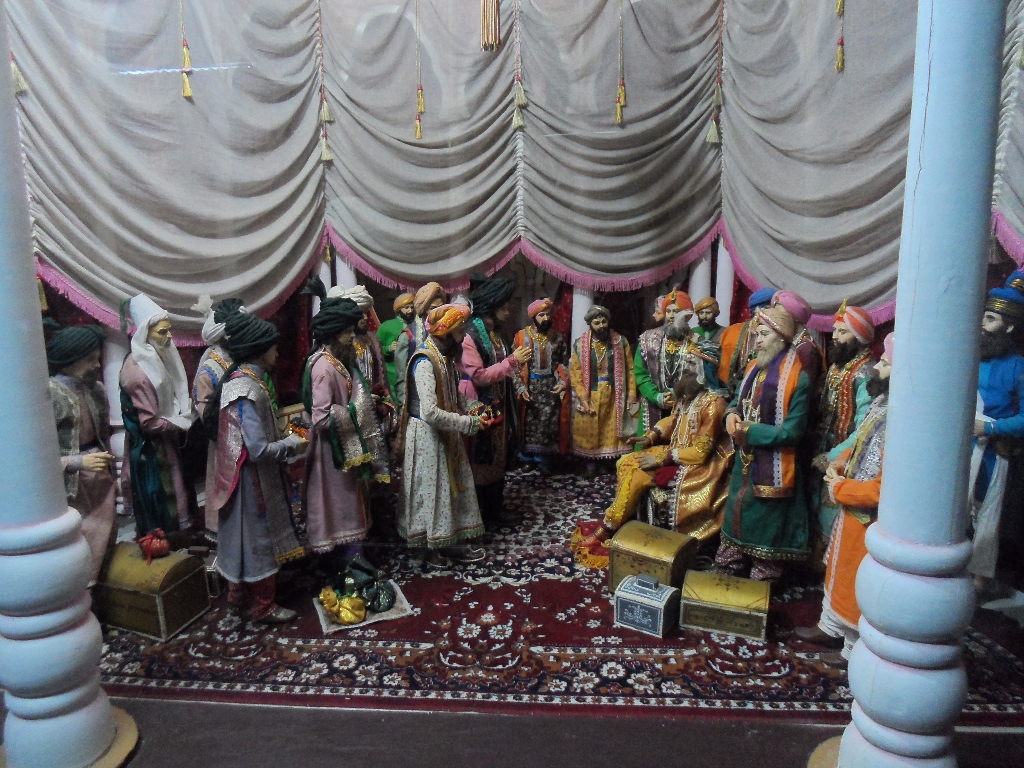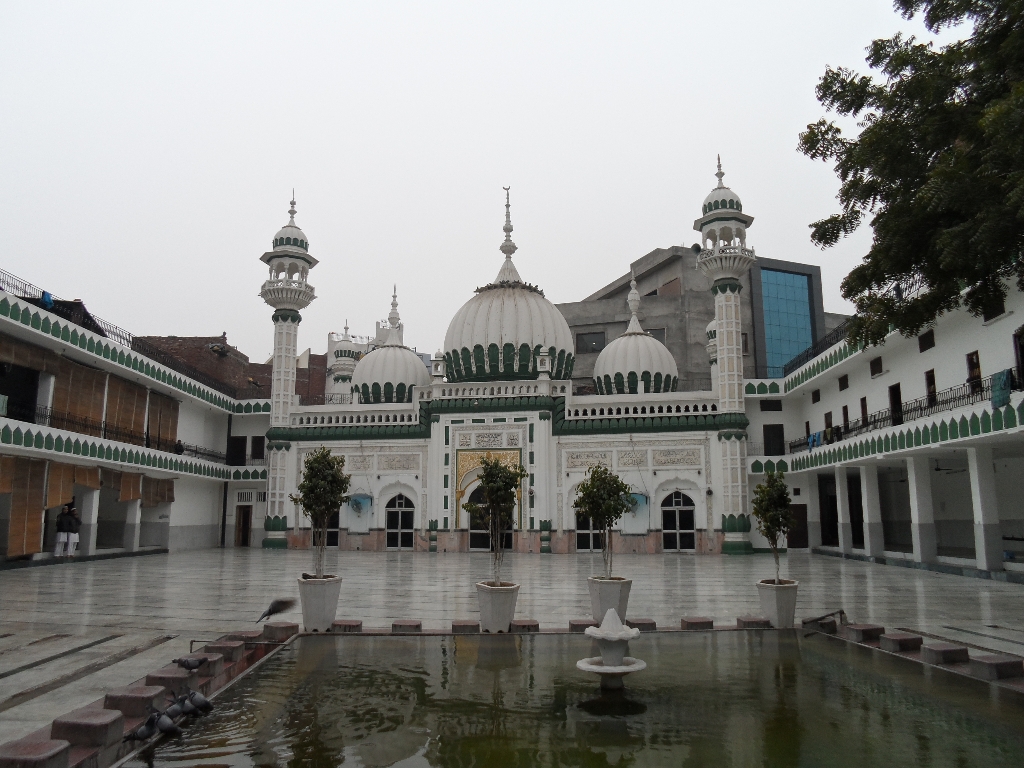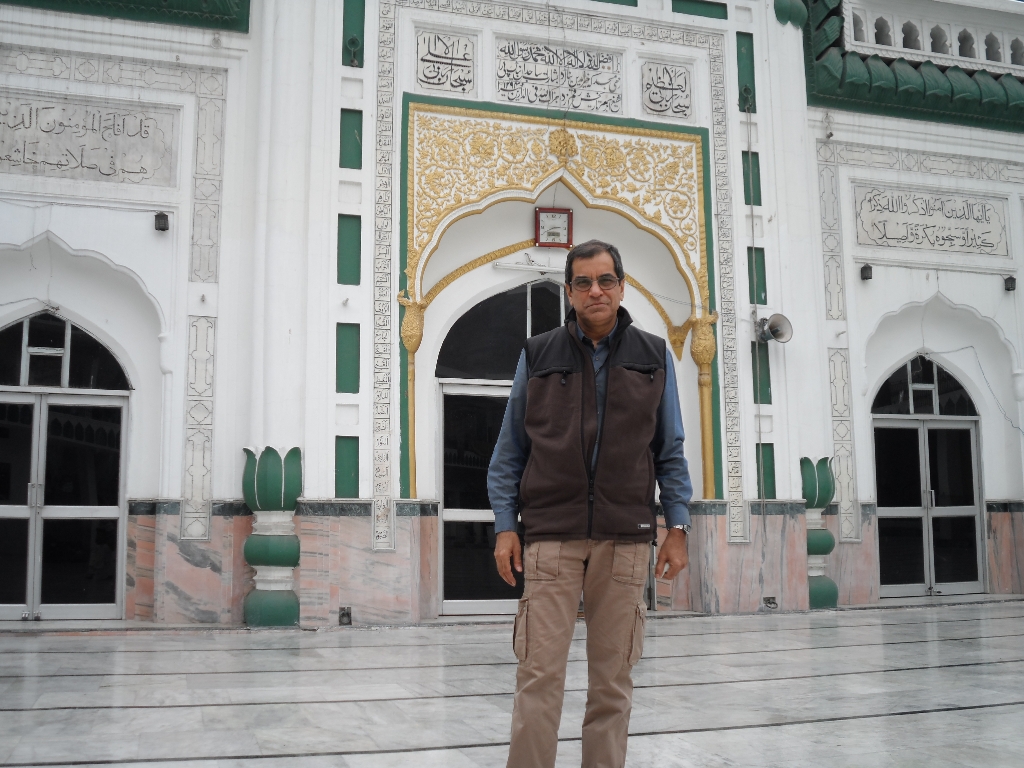3 Jan 2013
A Dream Fulfilled in Amritsar: Reflections on Spiritual Travel, Peace & Conflict
Amritsar: On 26 December 2012, I visited the spectacular Golden Temple, the holiest spot of the Sikh faith. The visit to this revered site in Amritsar, the commercial capital of Punjab province in Northern India, fulfilled a lifelong dream to walk the sacrosanct grounds of the world’s primary holy spots at least once in my lifetime.
I know of no other travel journalist who can claim to have visited a comparable range of holy spots worldwide.
The dream took root in 1980 with my first visit to Vatican City. In 1992, I completed my first Haj to Makkah and Madinah, visited Jerusalem in 1995, numerous holy spots of the Abrahamic faiths in Iraq, Syria, Jordan and Egypt in 2010, completed the Buddhist circuit in India/Nepal and the Hindu holy city of Varanasi in 2011, and have now been enriched by the Golden Temple.
I have been blessed by the rare opportunities to pray at the Wailing Wall and the site of Christ’s crucifixion, watch the brilliant “Aarti” ceremony at the banks of the River Ganges and Buddhist pilgrims making merit at Bodhgaya and Lumbini. Over the years, I have been inspired by other great religious spots such as the majestic Angkor Wat in Cambodia and the Shwedagon Pagoda in Myanmar, the Temple of the Tooth in Kandy, the Somnath temple in Gujarat, the Jama Masjid in Delhi, the temples of Emerald Buddha in both Bangkok and Vientiane. I have admired the awe-inspiring designs of St Paul’s Cathedral, Notre Dame and the Sistine Chapel. Experiencing the sunrise from the stupas of Borobudur and the temples of Pagan gave new meaning to the glory of dawn.
And now, finally, the Golden Temple. A few more spots remain, but the primary ones are complete.
|
Click on each picture to see it with a caption, or..
|
|
 The images are licensed under a Creative Commons Attribution-NonCommercial-NoDerivs 3.0 Unported License. |
Amritsar was a fitting finale. It is arguably India’s most important city from an historic, religious, cultural, economic and geopolitical perspective. Perhaps no other Indian city offers a more graphic example of the value of peace and the consequences of war and conflict.
The Golden Temple, its most prominent landmark, is situated in the midst of a tranquil lake of holy water, a uniting factor of all faiths which celebrate water as a source of life and sustenance. Open 24 hours, the temple exudes a peaceful, calm atmosphere. Soft, melodious hymns are sung round-the-clock, wafting across the lake and enhancing the serenity.
The name Sikh itself means “disciple” or “student”. That path to education and knowledge is similar to the command, “Read”, from which the Muslim holy book, the Quran, gains its name. The “Bible”, too, literally means “Book”. All make a shared and common appeal to humanity to gain knowledge and understand the wonders of creation as a path to peace.
Indeed, I learnt a lot. The foundation of the temple was laid by a Muslim Sufi religious leader as part of the relationship-building effort between faiths. The gold that plates the upper temple walls was provided by Maharaja Ranjit Singh many years later.
I circumambulated the Golden Temple by both night and day, joined the hundreds of people of all faiths and creeds in the “langar” charitable meal and learned more of Sikh history in the museum.
The following day, my daughter, her fiancé and I drove 11 kms outside Amritsar to the Ram Tirath temple where the sage Valmiki wrote the Hindu holy book, the Ramayana. There, too, a large lake imbues the area with a sense of peace under the watchful eye of the Hindu deity, Hanuman. On the way back, we visited the Mata Lal Devi Ji temple, noted for its grottoes and shrines featuring numerous Hindu gods.
For me, each visit to these and all the other global religious spots has been a reminder of the infinite vastness of the universe and the microcosmic minuteness of the human form. The creators of these architectural masterpieces envisaged a peaceful, sustainable future in the days when the global population would have numbered no more than a few million.
Today, as populations swell, resources dwindle, the environment deteriorates, economic and financial pressures intensify and competitive conflicts erupt between companies, countries and ethnic groups, the multiplicity of problems appear to be outstripping the solutions.
The resulting stress and instability are proving right all the warnings of the great religions, sounded hundreds of years ago.
If religious spots are meant to heighten the value of internal, external and planetary peace, Amritsar and its surroundings also offer a stark reminder of the consequences of conflict.
In 1984, the Golden Temple came under attack by Indian military forces in an attempt to root out the Sikh separatist leader Jarnail Singh Bhindranwale who dreamed of creating an independent state called Khalistan for the Sikh people. Hundreds died in the attack. The Indian Prime Minister Mrs Indira Gandhi was assassinated by one of her own Sikh bodyguards in retaliation.
About five minutes walk from the Golden Temple is the Jallianwala Bagh memorial where Indians recall the violence of British colonialism and the massacre of innocent people. Such massacres still continue. In August 2012, a modern day massacre occurred in the U.S. town of Oak Creek, Wisconsin, where a white supremacist opened fire on Sikh worshippers in a gurdwara, mistaking them for Muslims.
Just 30 kilometres from Amritsar, a daily ‘retreat ceremony’ is held at the Wagah border checkpoint between India-Pakistan. In an energetic show of foot-stomping and flag-waving, accompanied by nationalistic public cheering on both sides of the border, Pakistani and Indian border security forces close the gates for the day and draw down their respective national flags.
If the two countries, which have fought four wars since their partition in 1947, can forge a peace as tranquil as the holy waters of the Golden Temple lake, the entire province of Punjab will boom, overtaking Gujarat by a long shot.
Religions can be formidable forces of change for good, and equally formidable forces of conflict when fanatics and political leaders seek to exploit them as vote banks or to promote geopolitical ethnocentricism. Their positive benefits will eclipse the negative only when religious leaders abandon their pursuit of market share, competitive advantage, territorial turf and moral-cum-ethical superiority.
That will advance the cause of a real globalisation. My next dream is to see it happen. God willing, it will.

